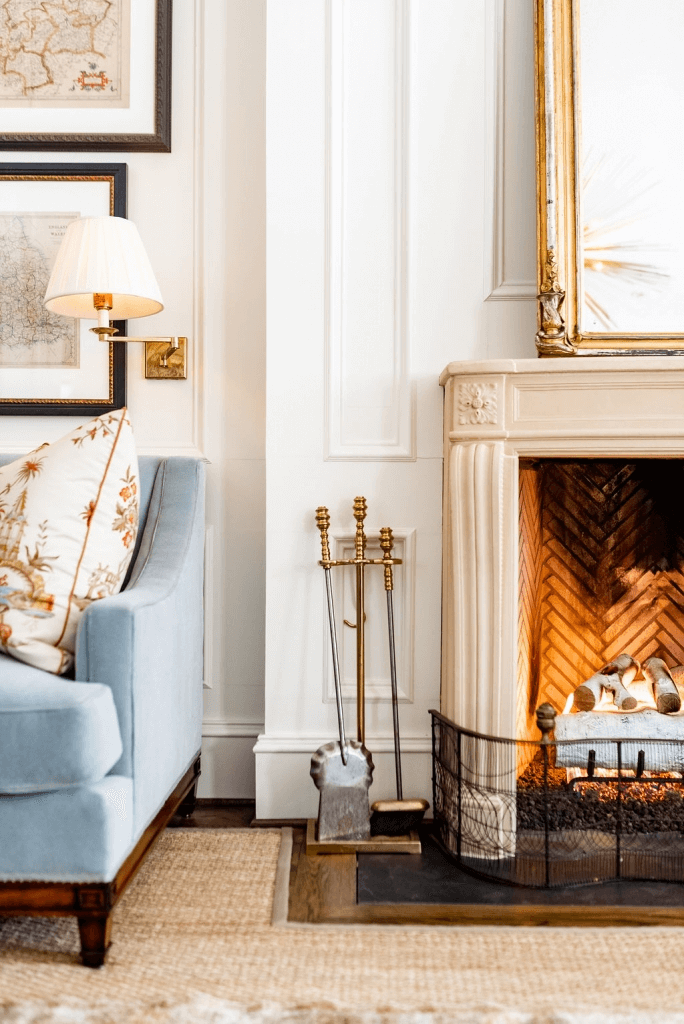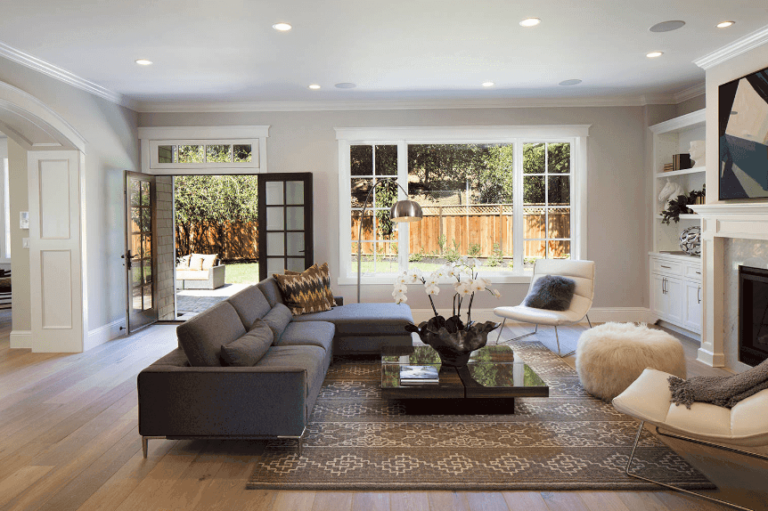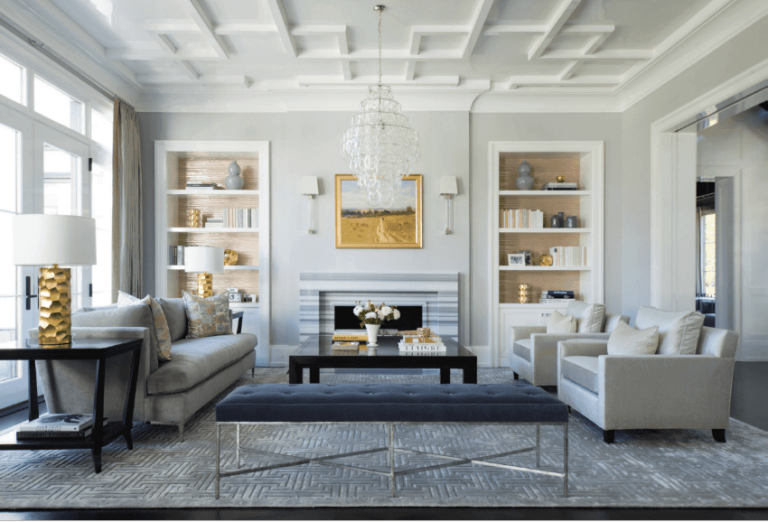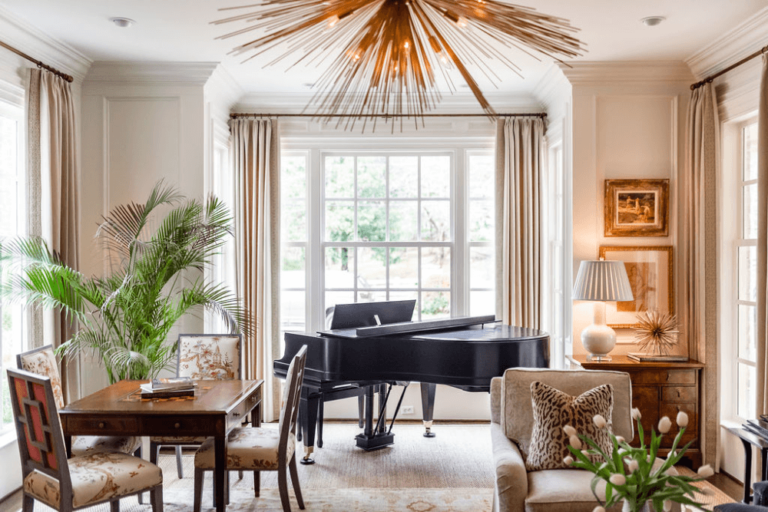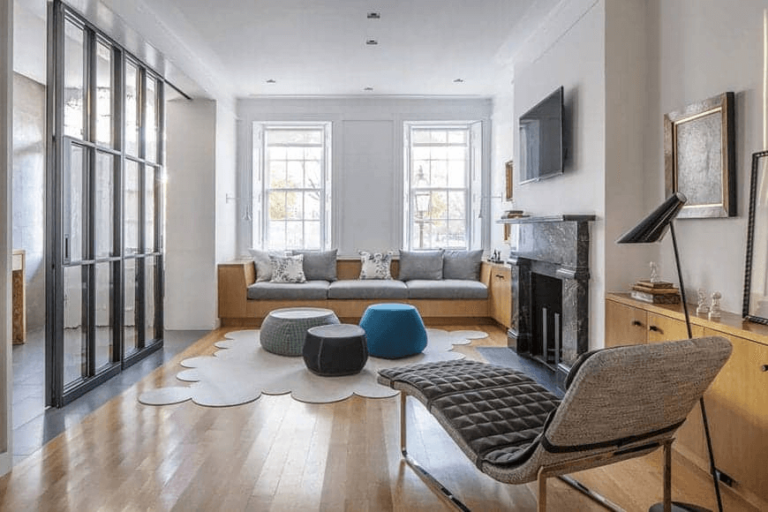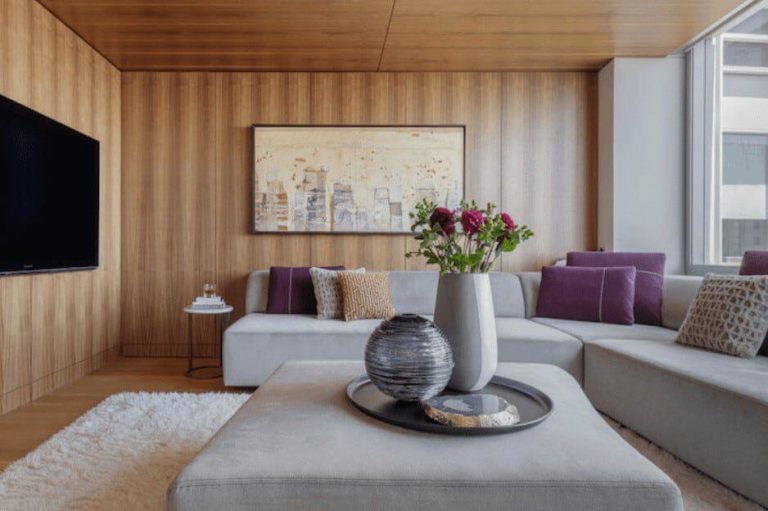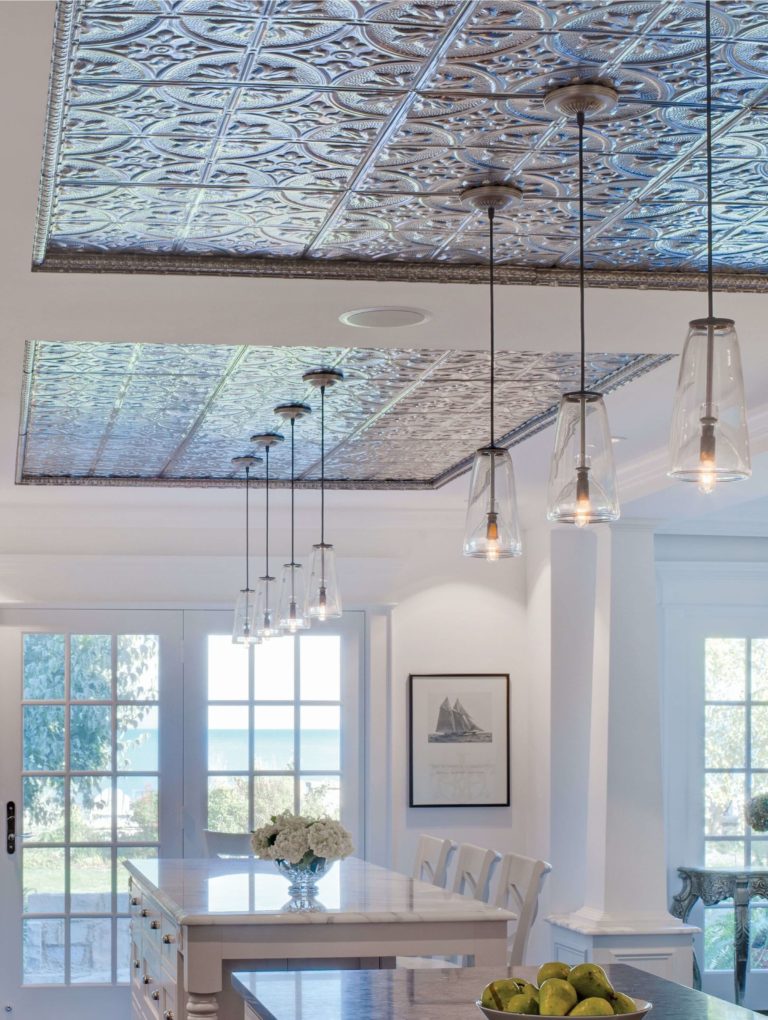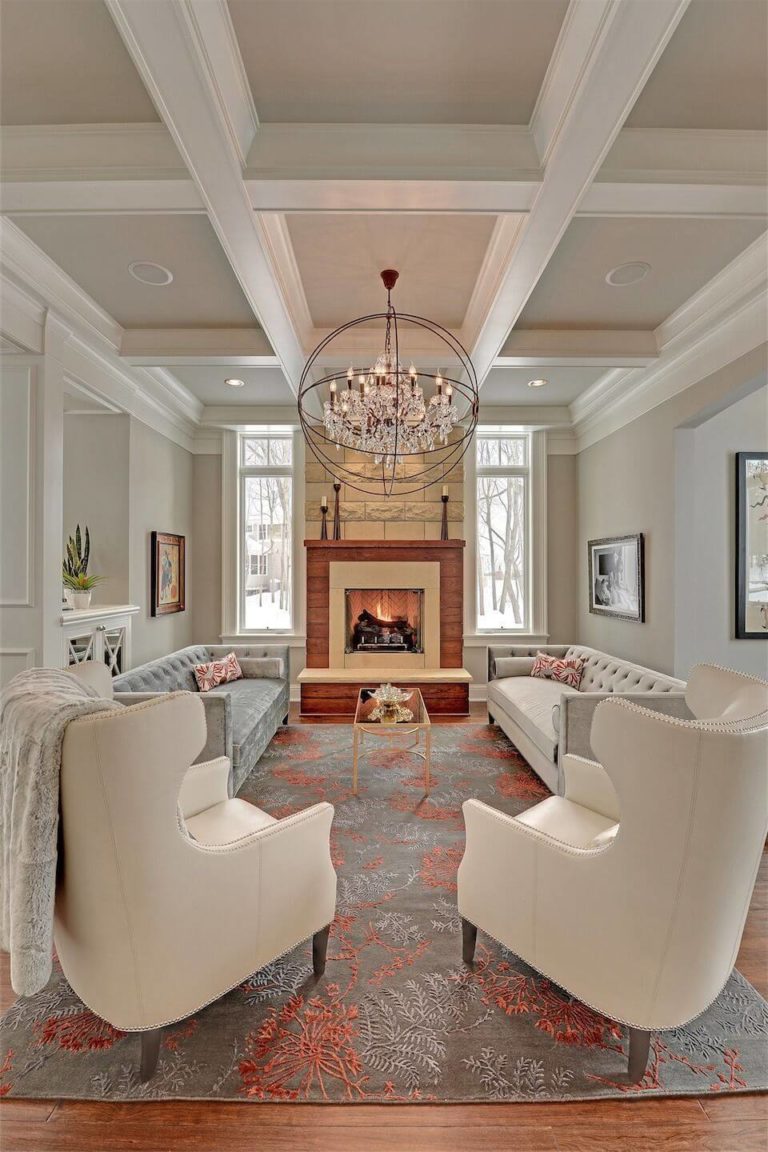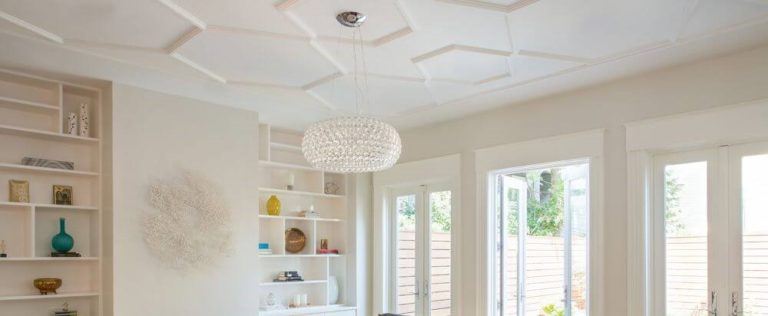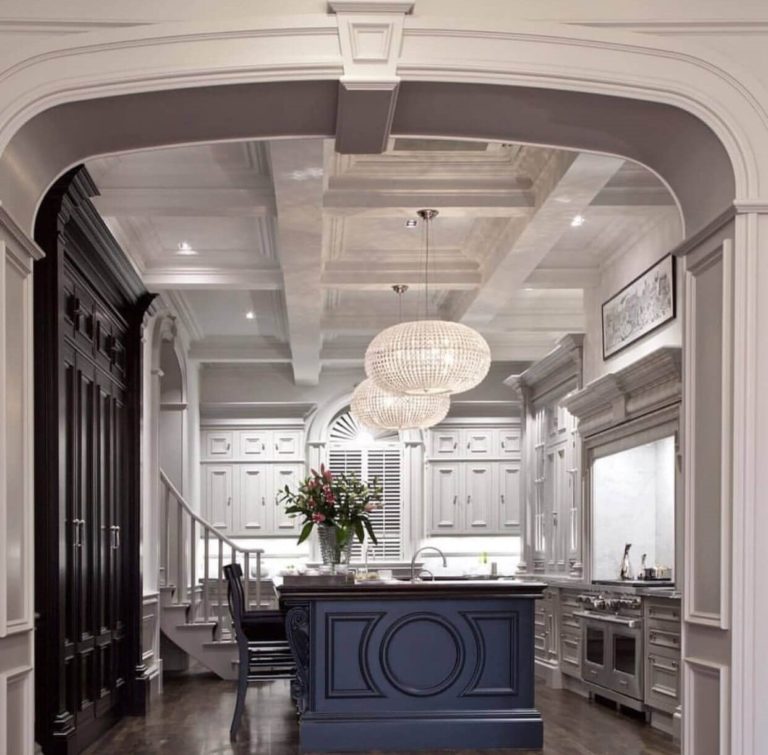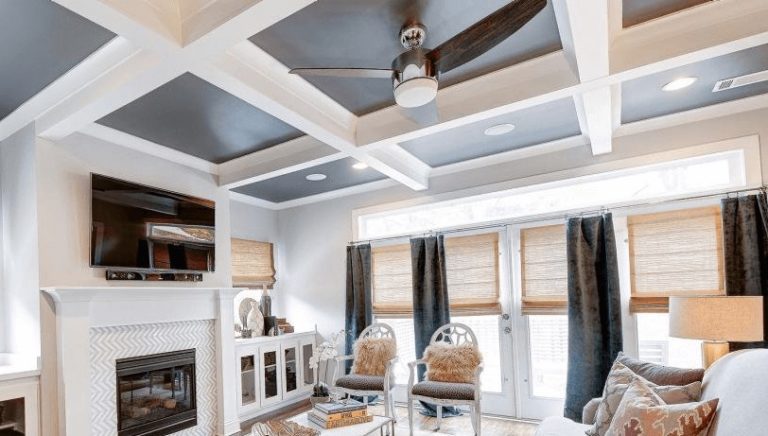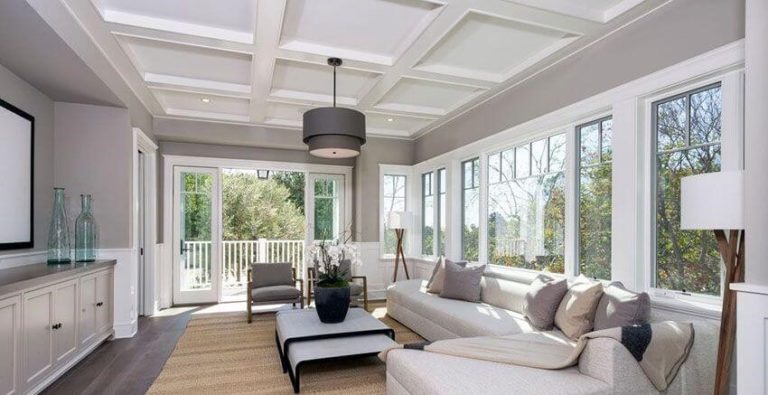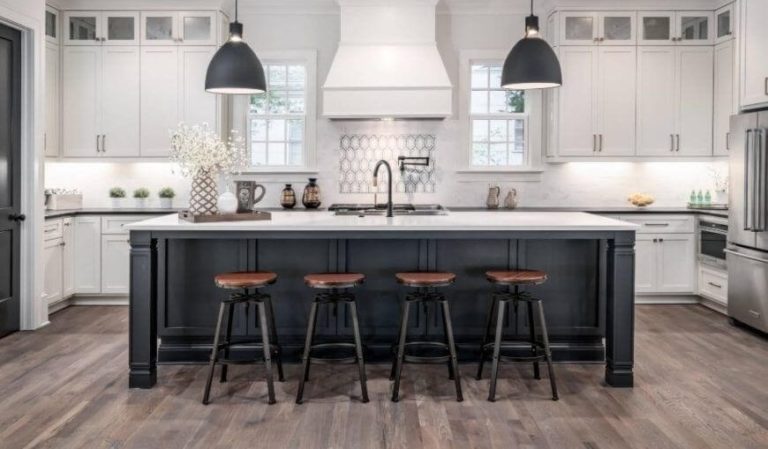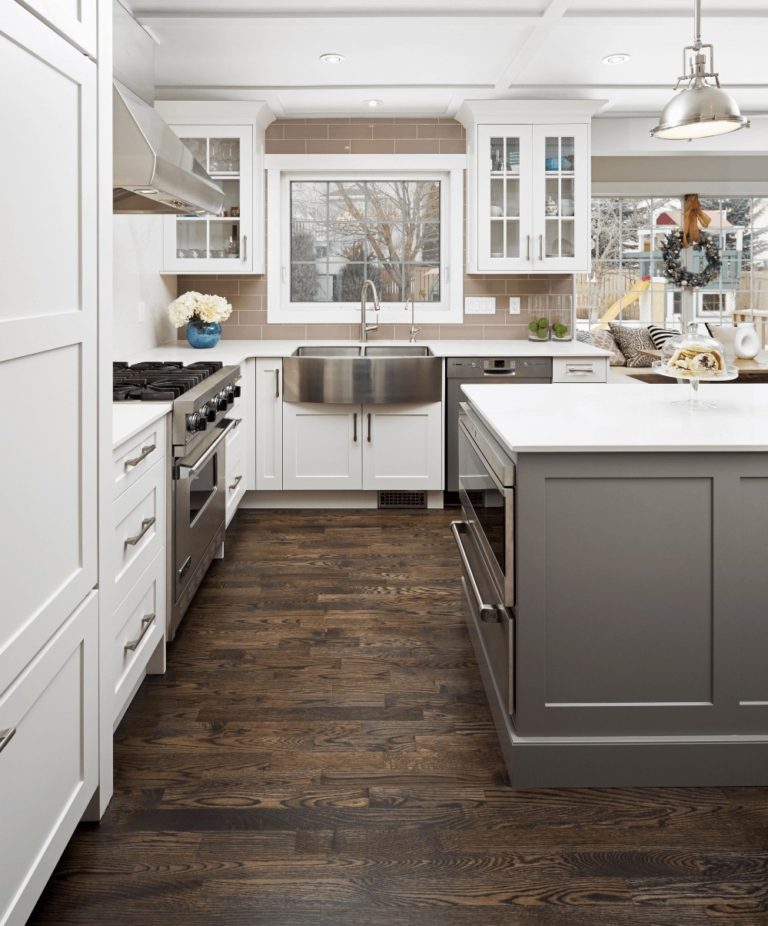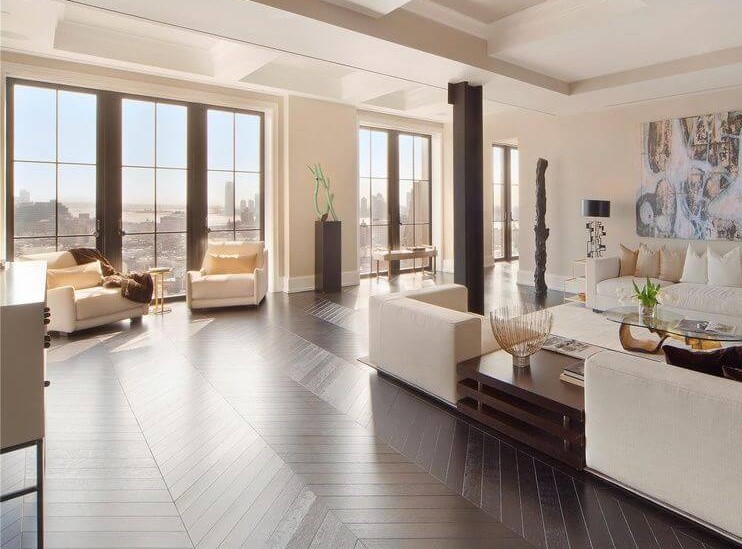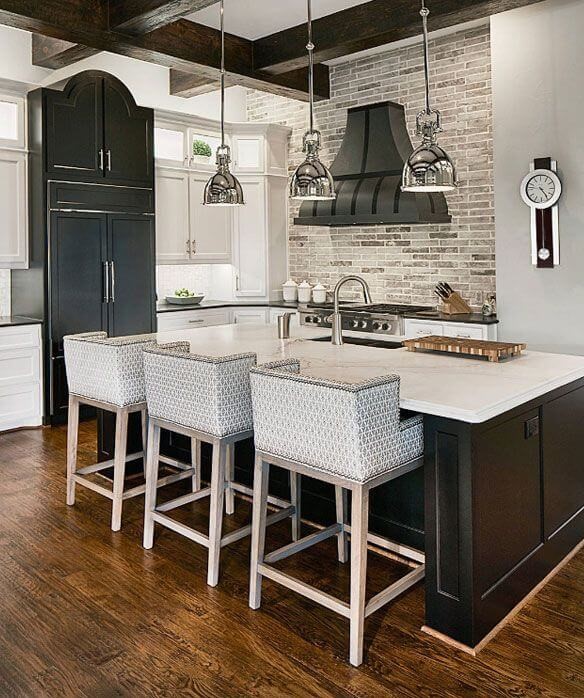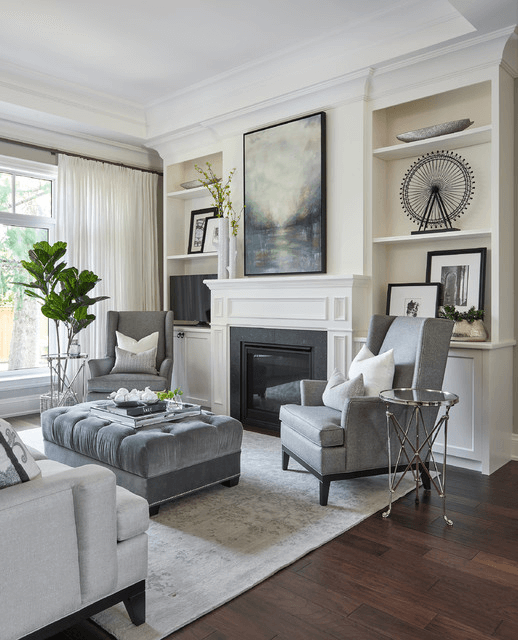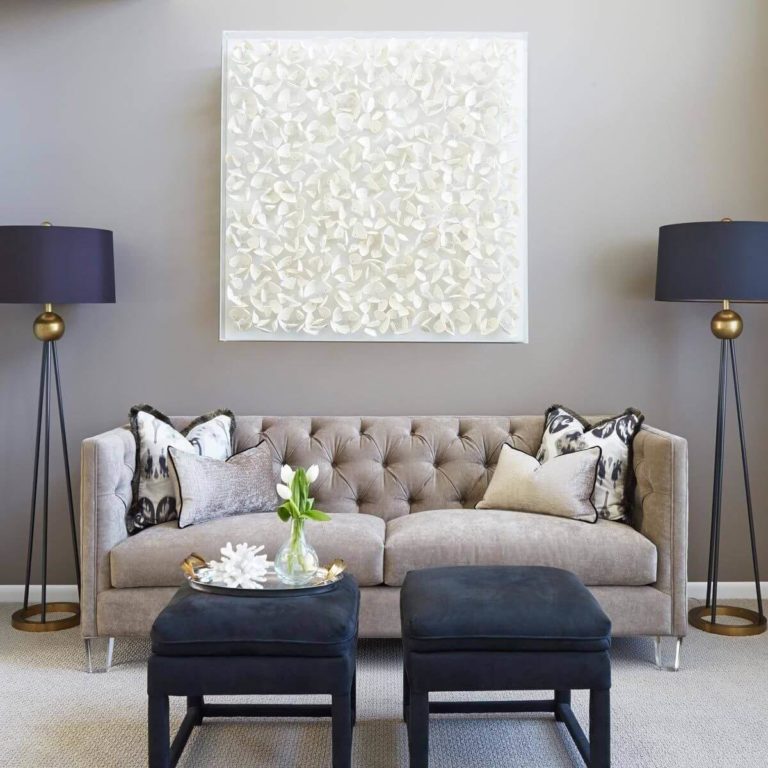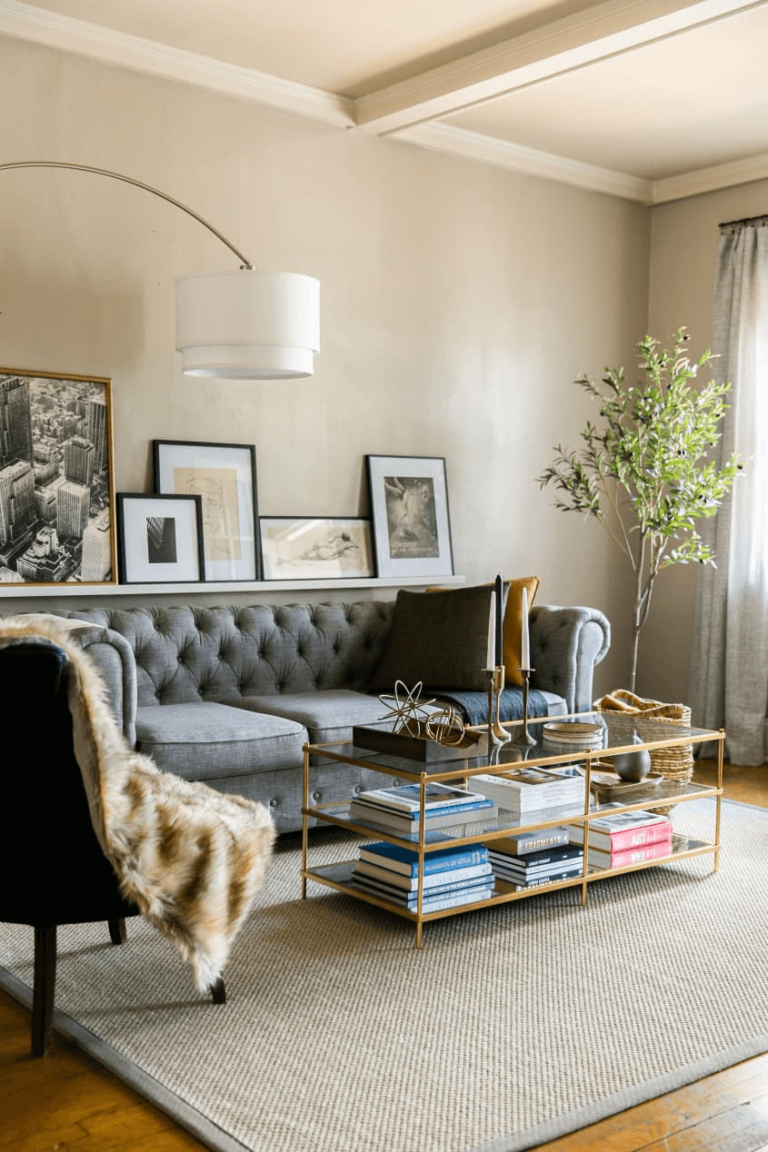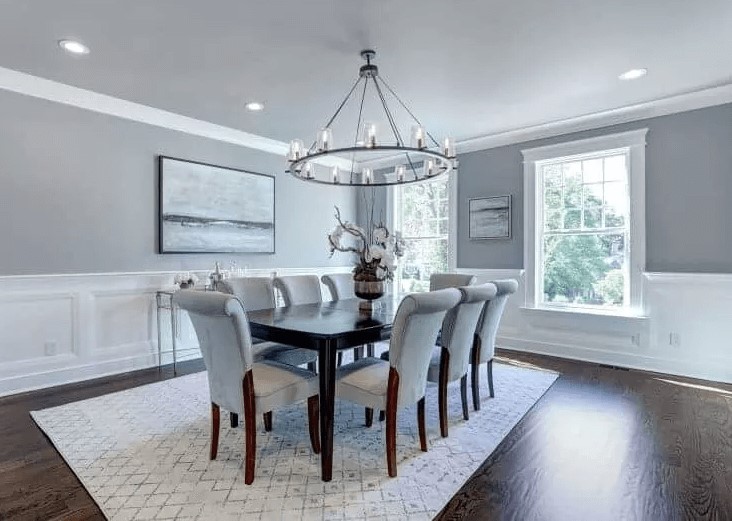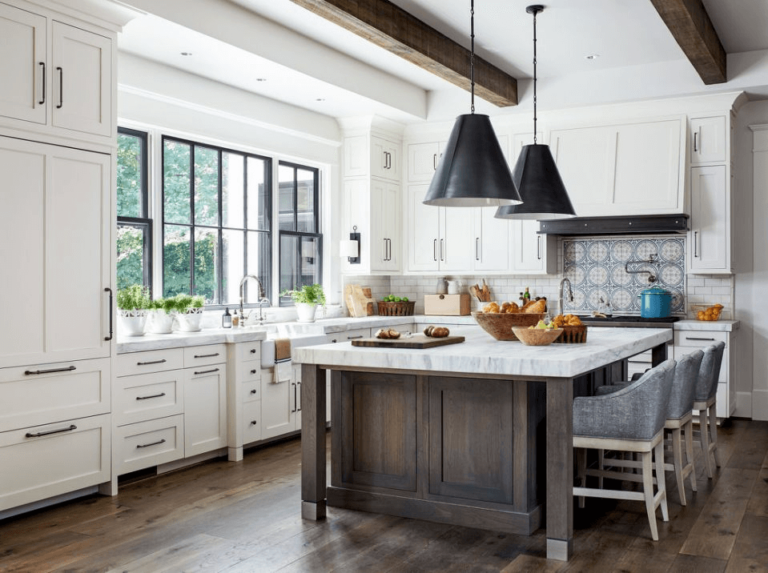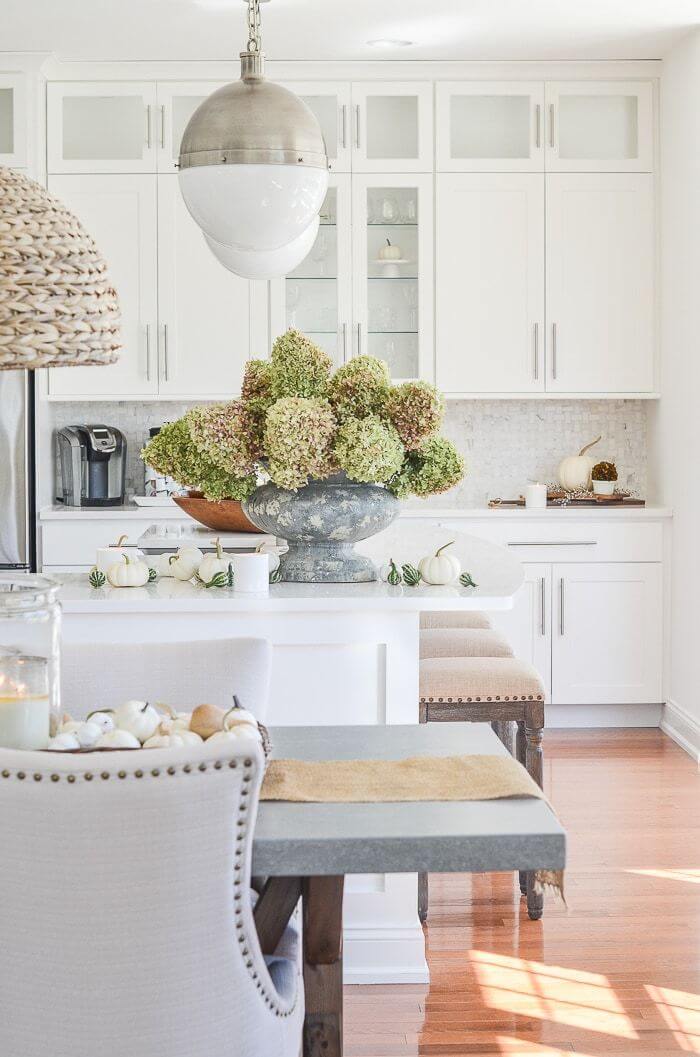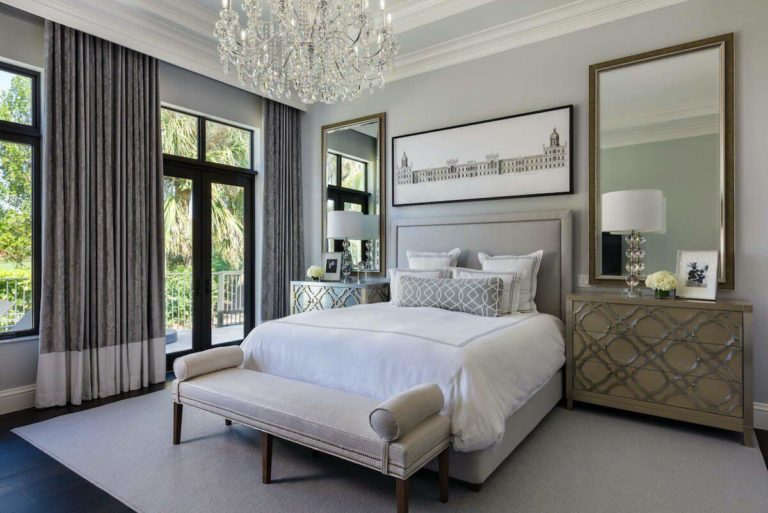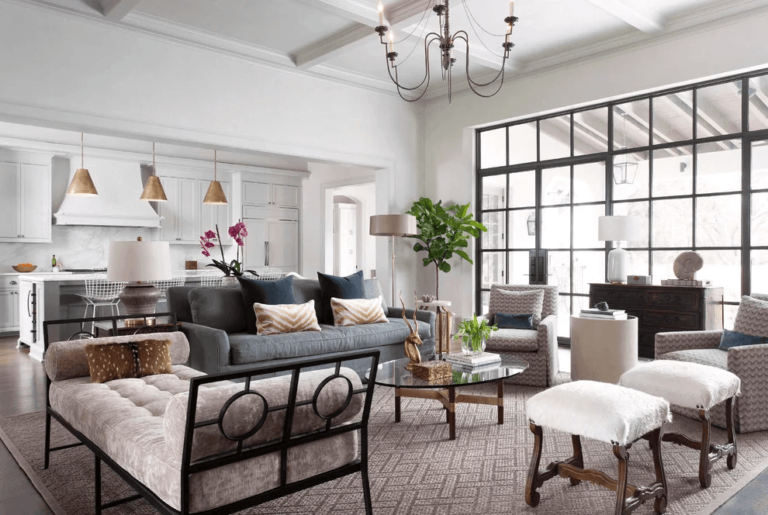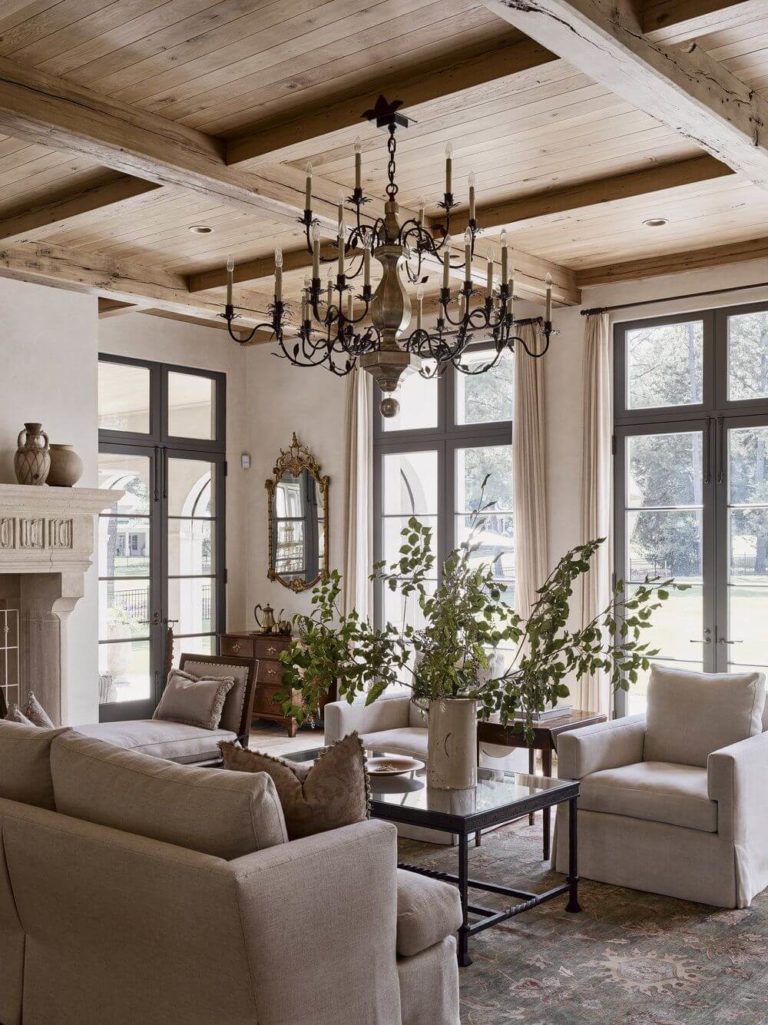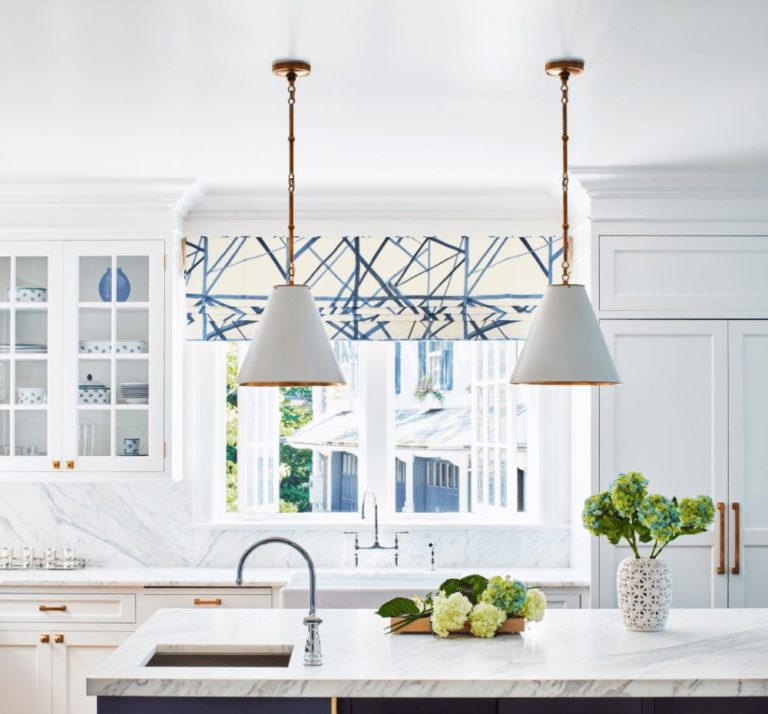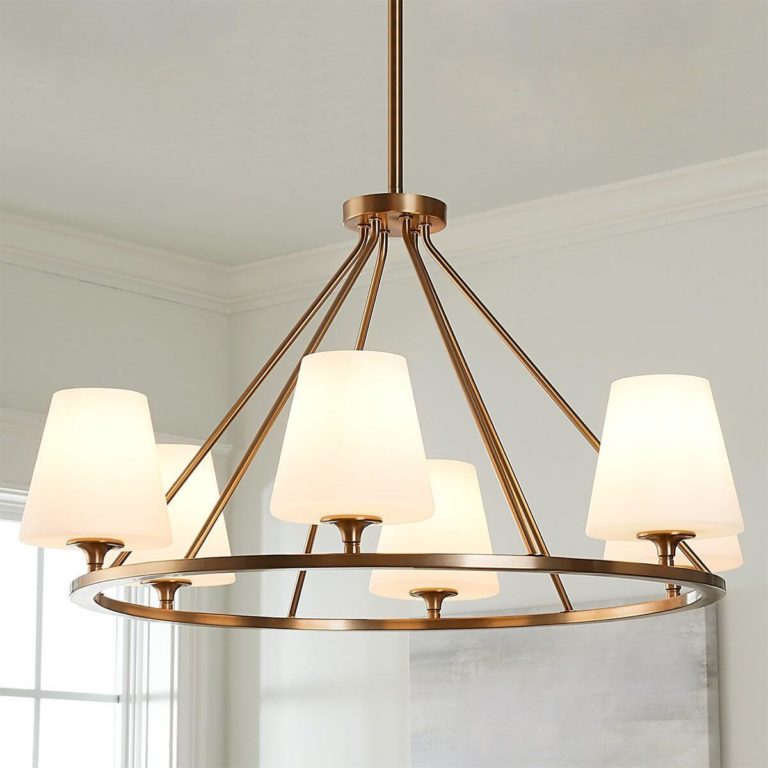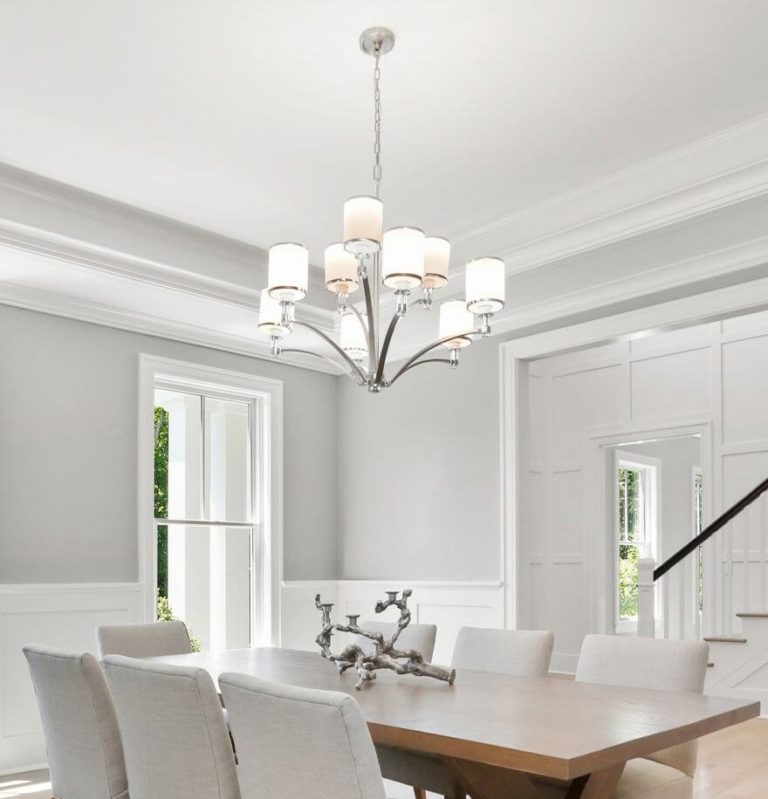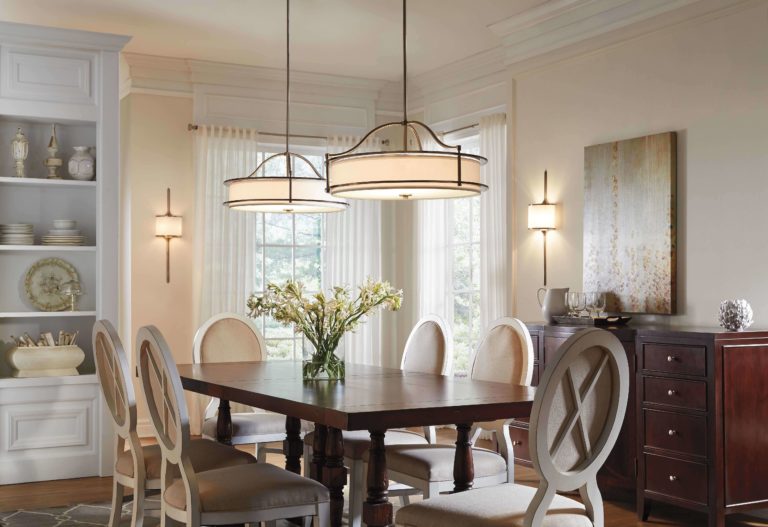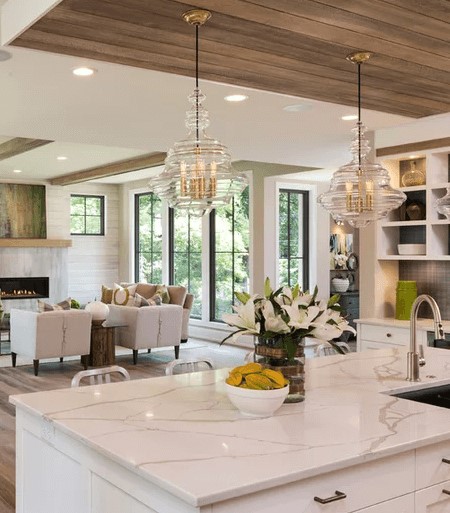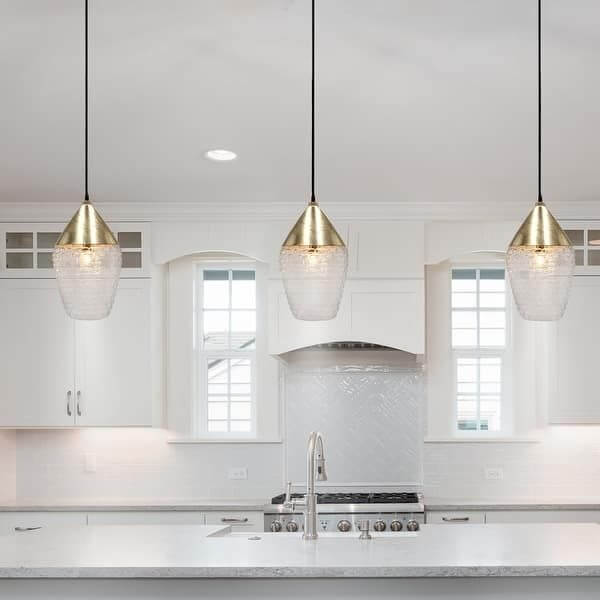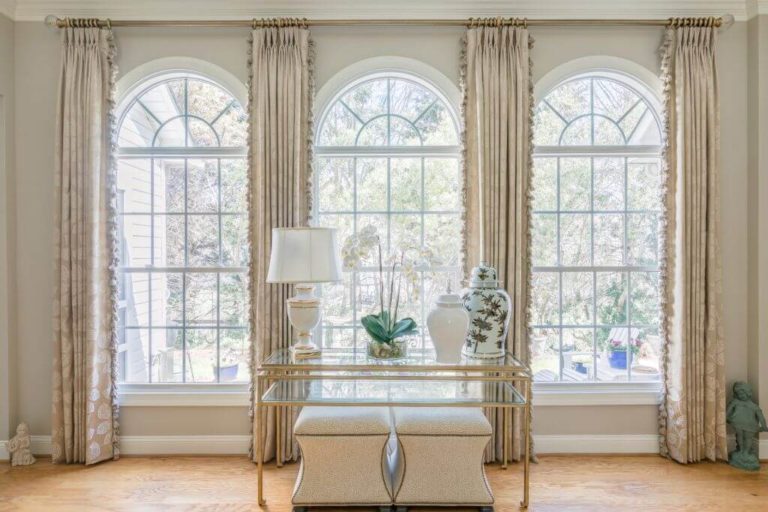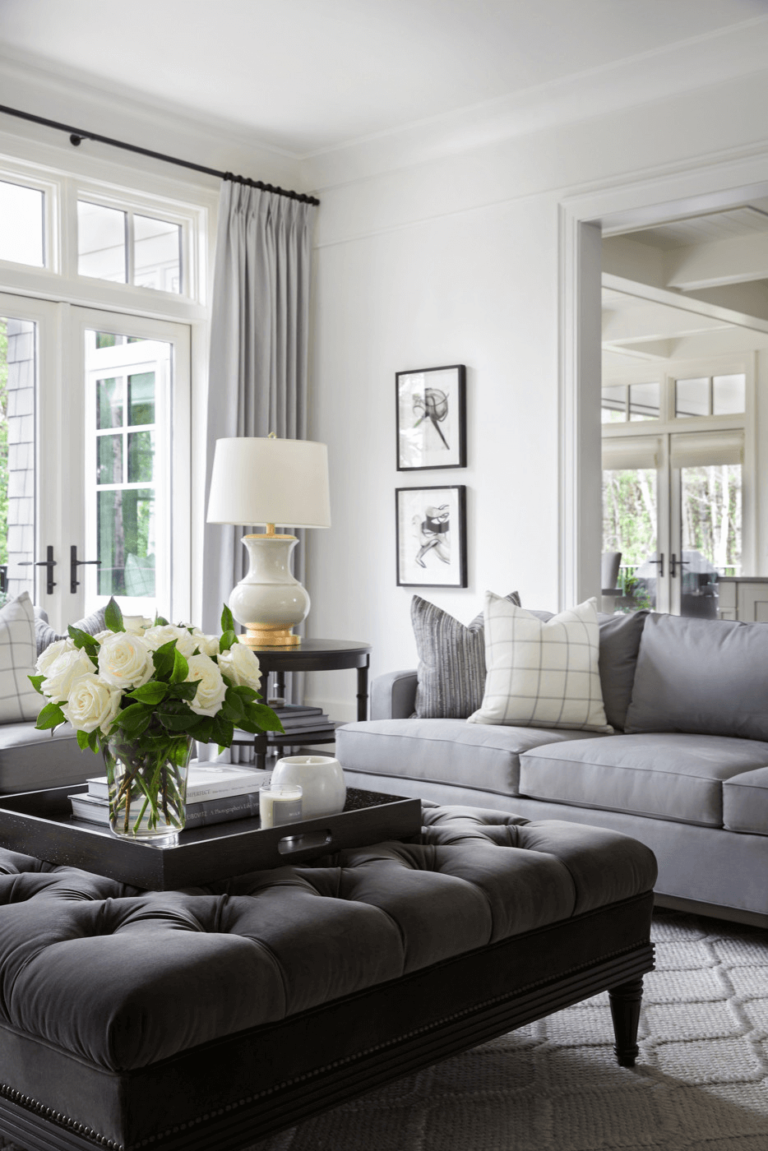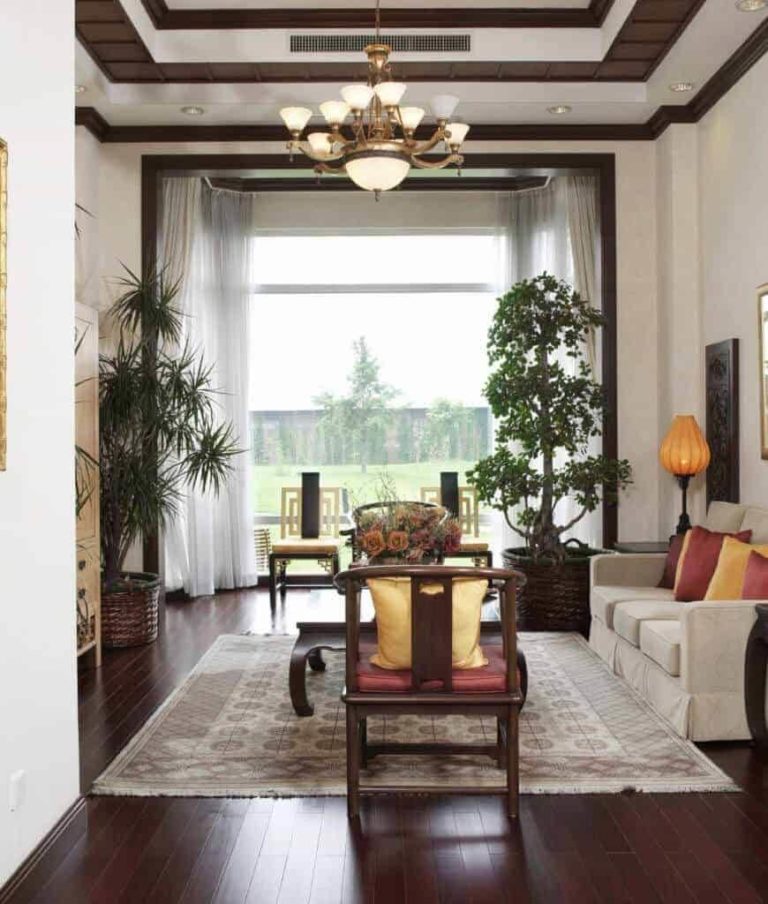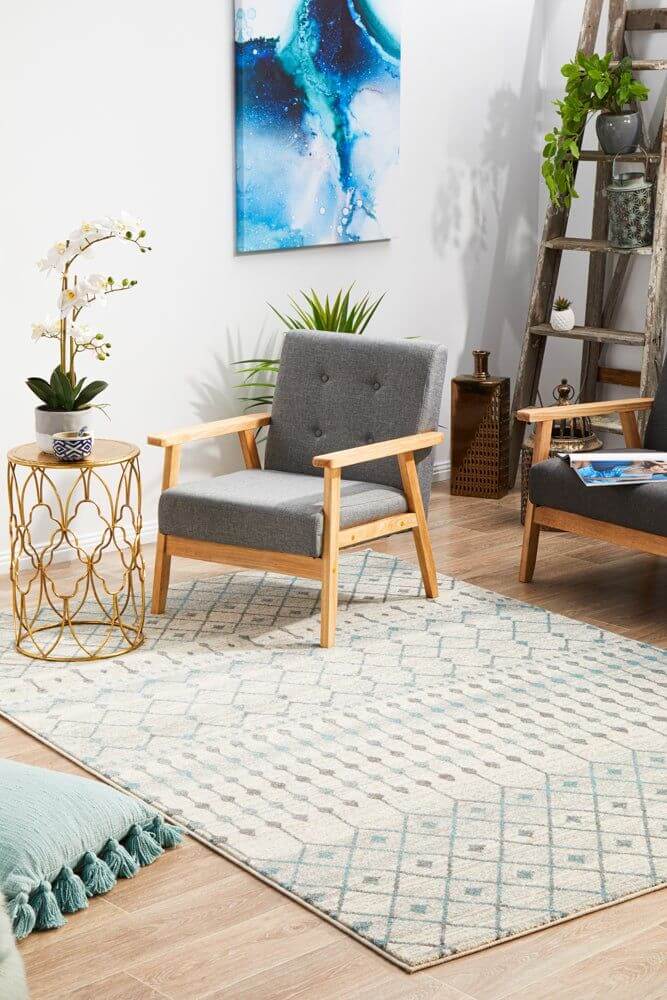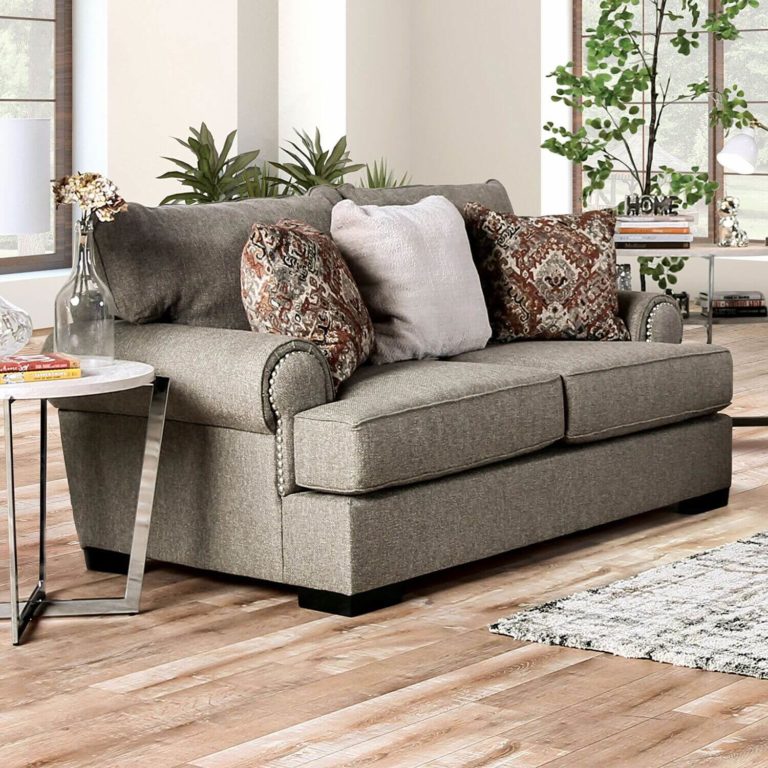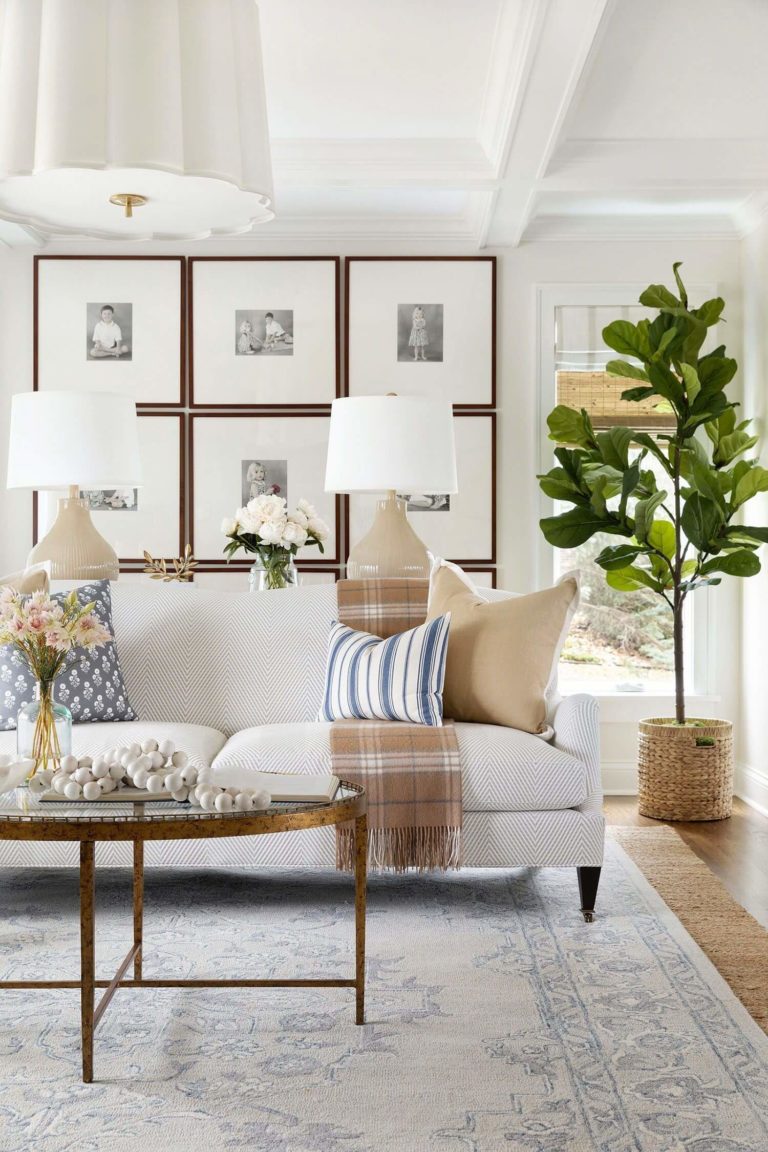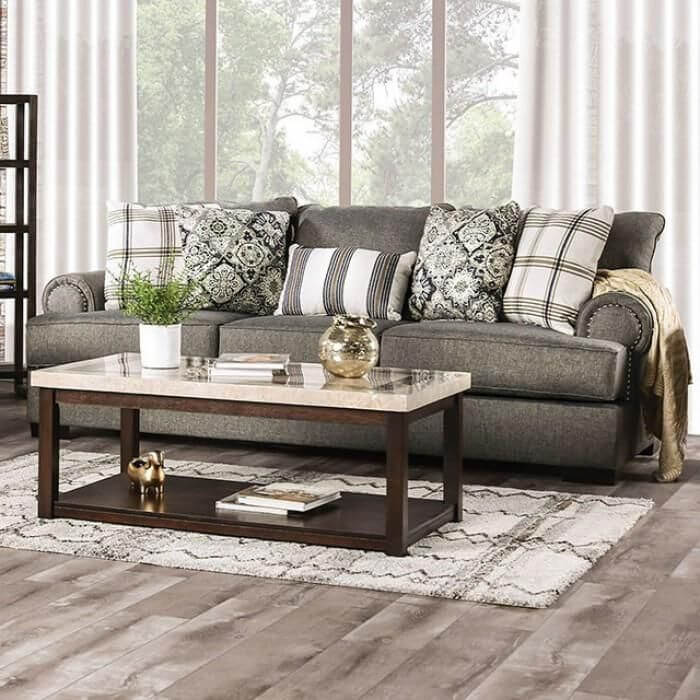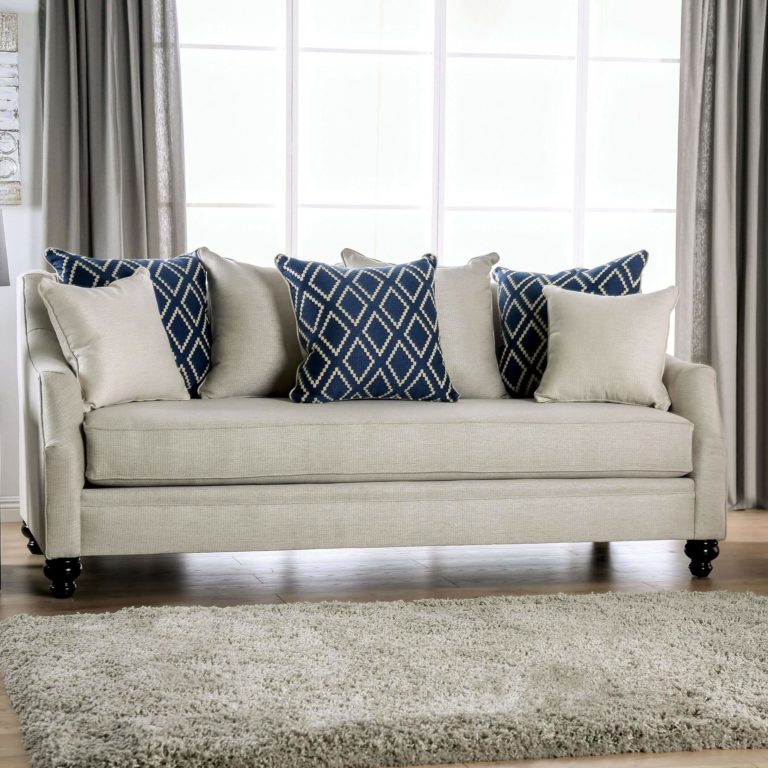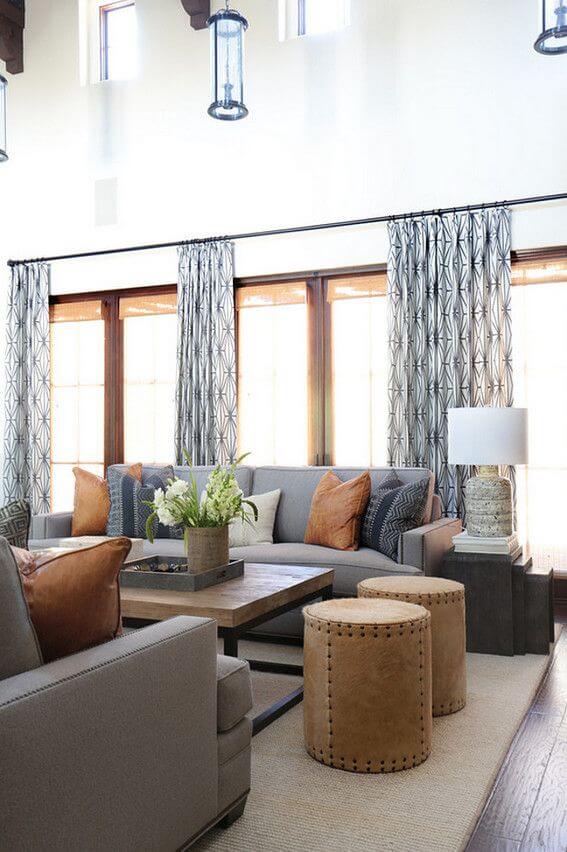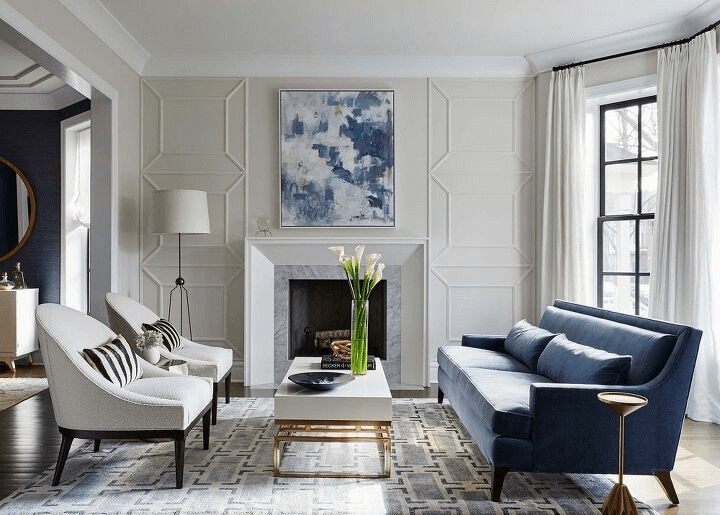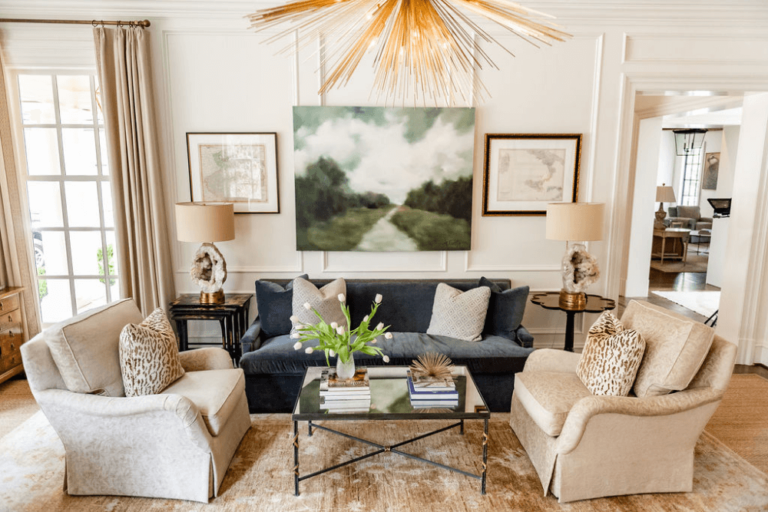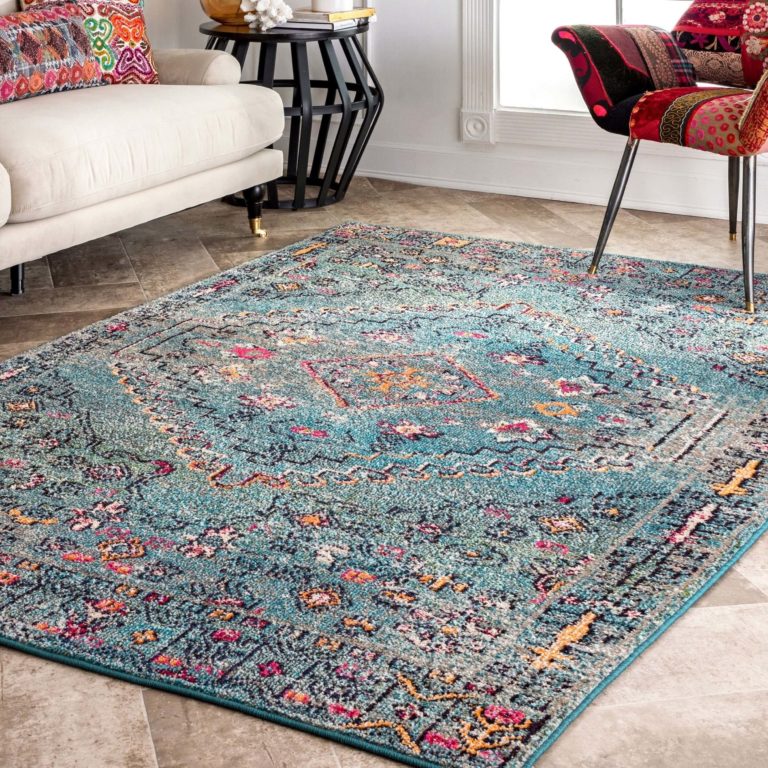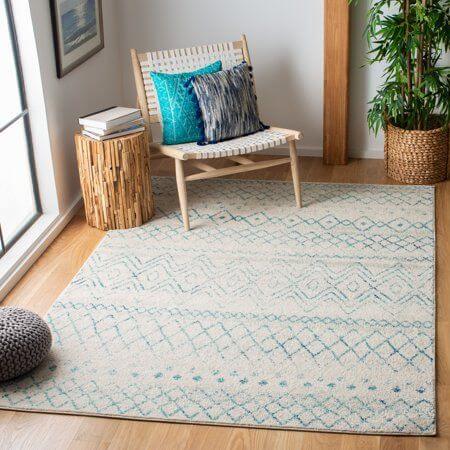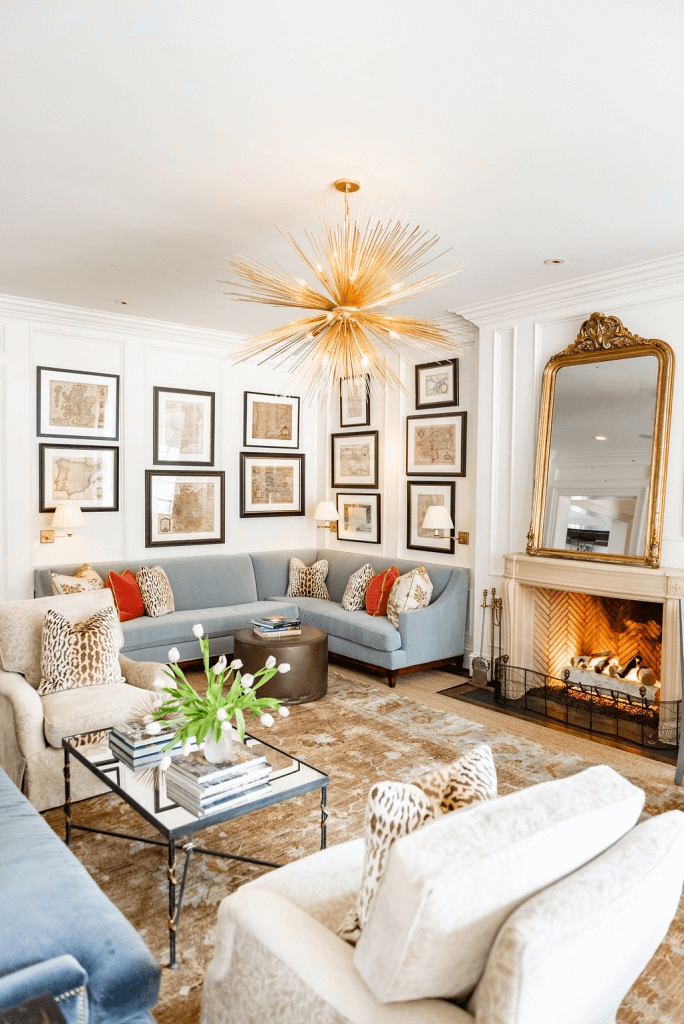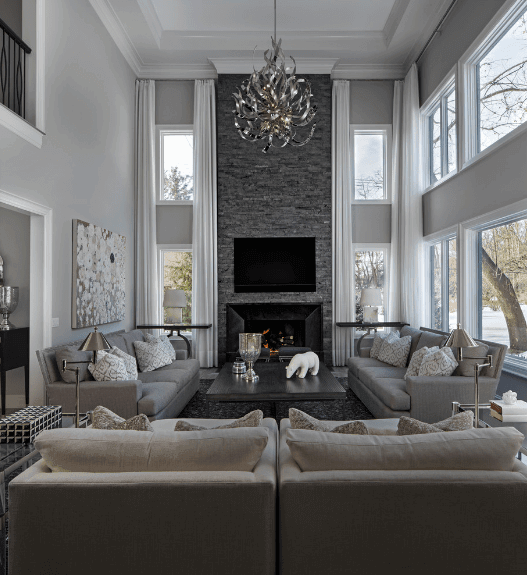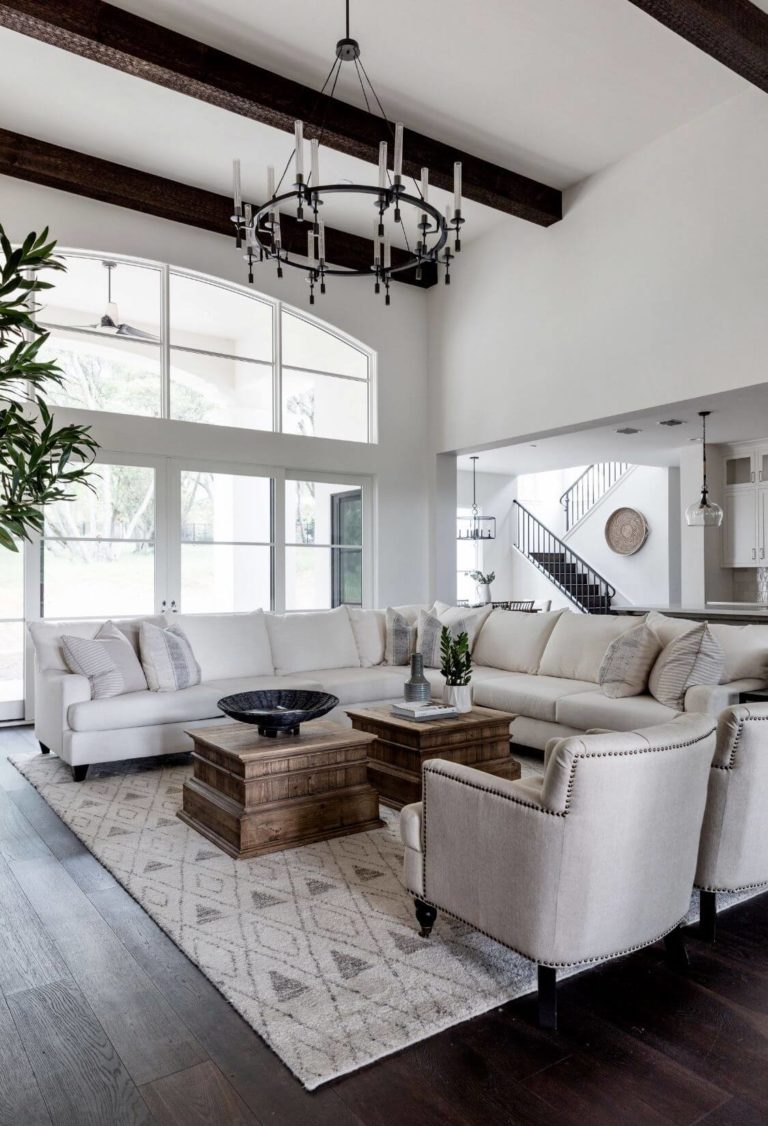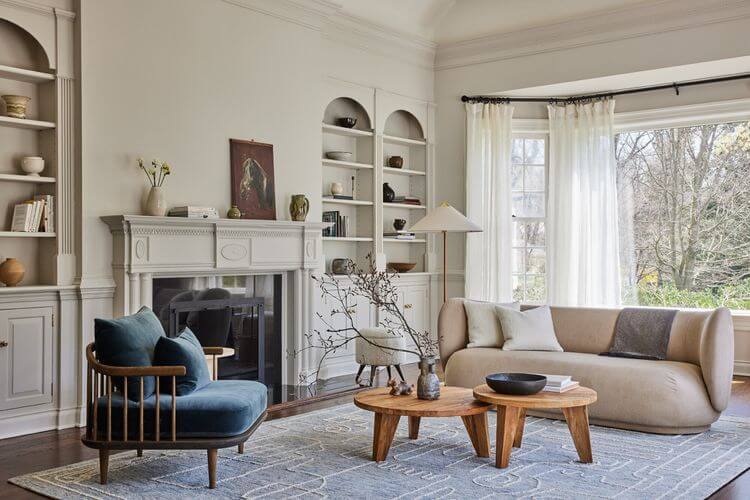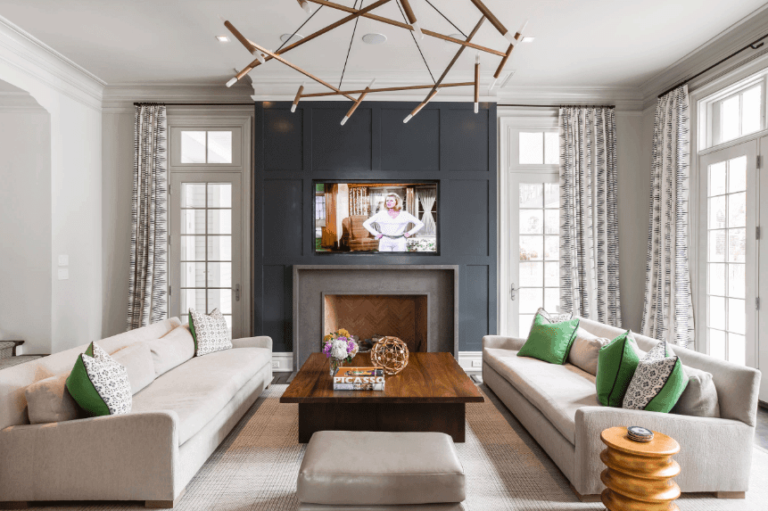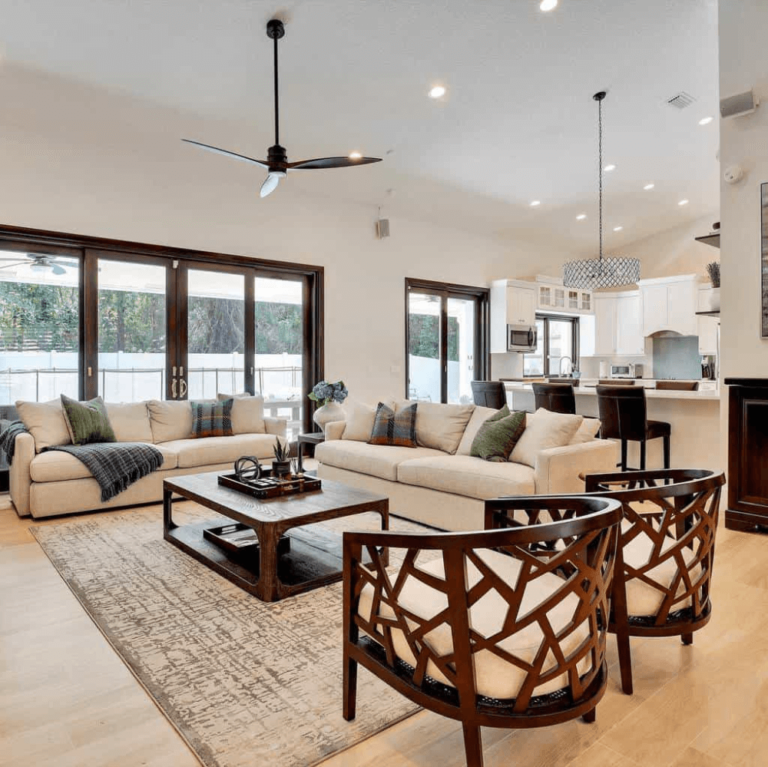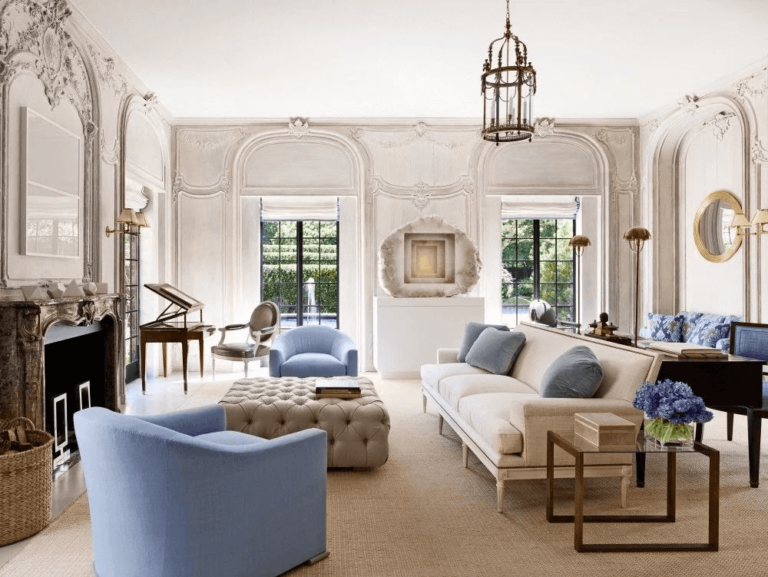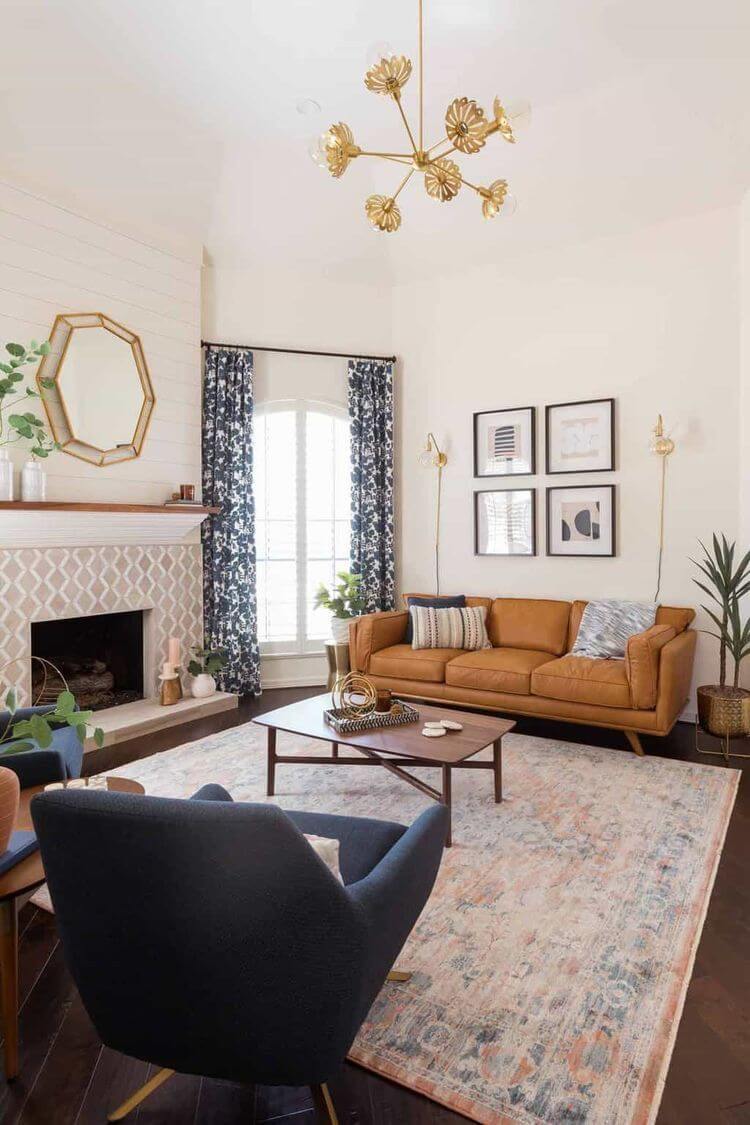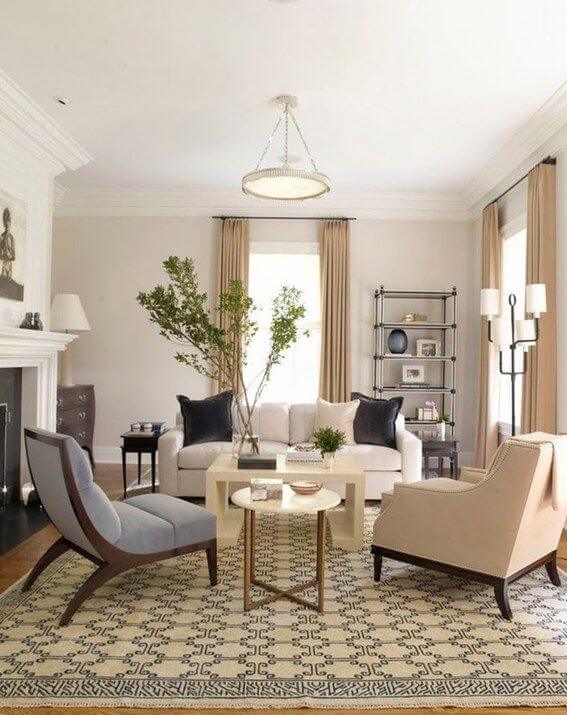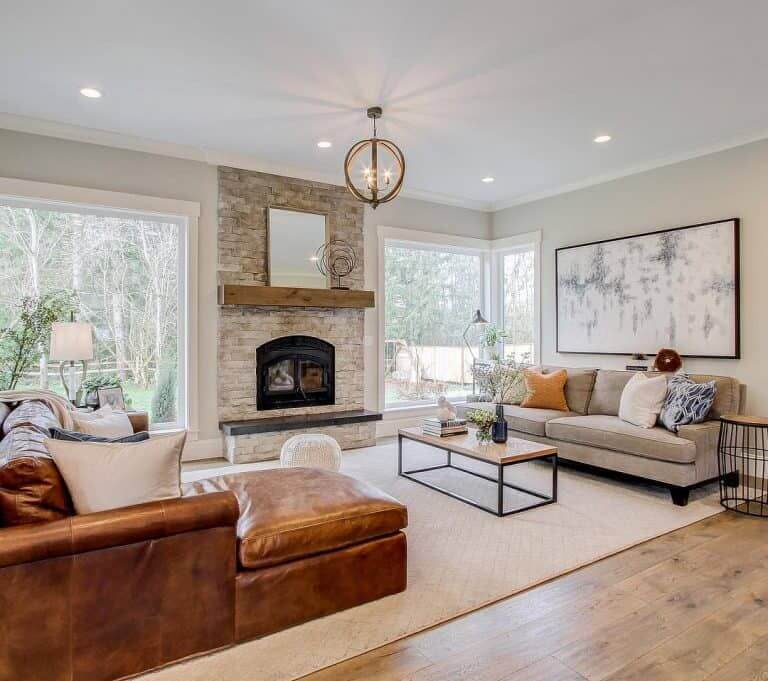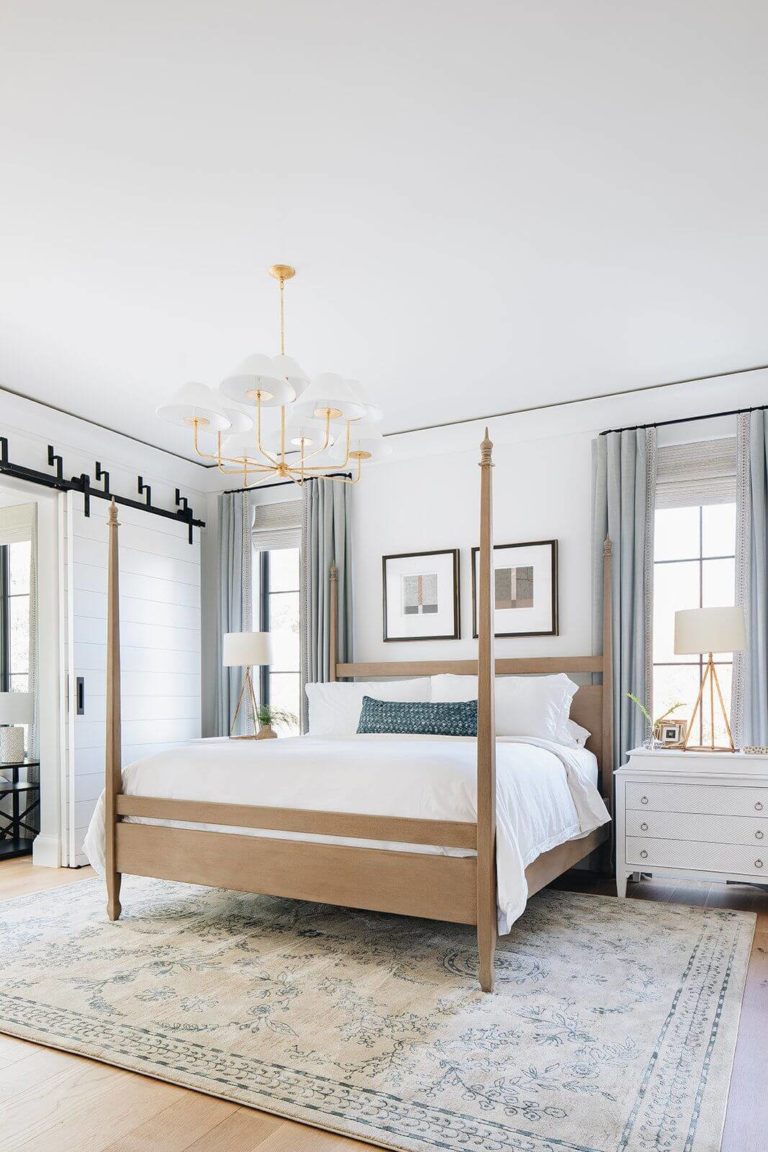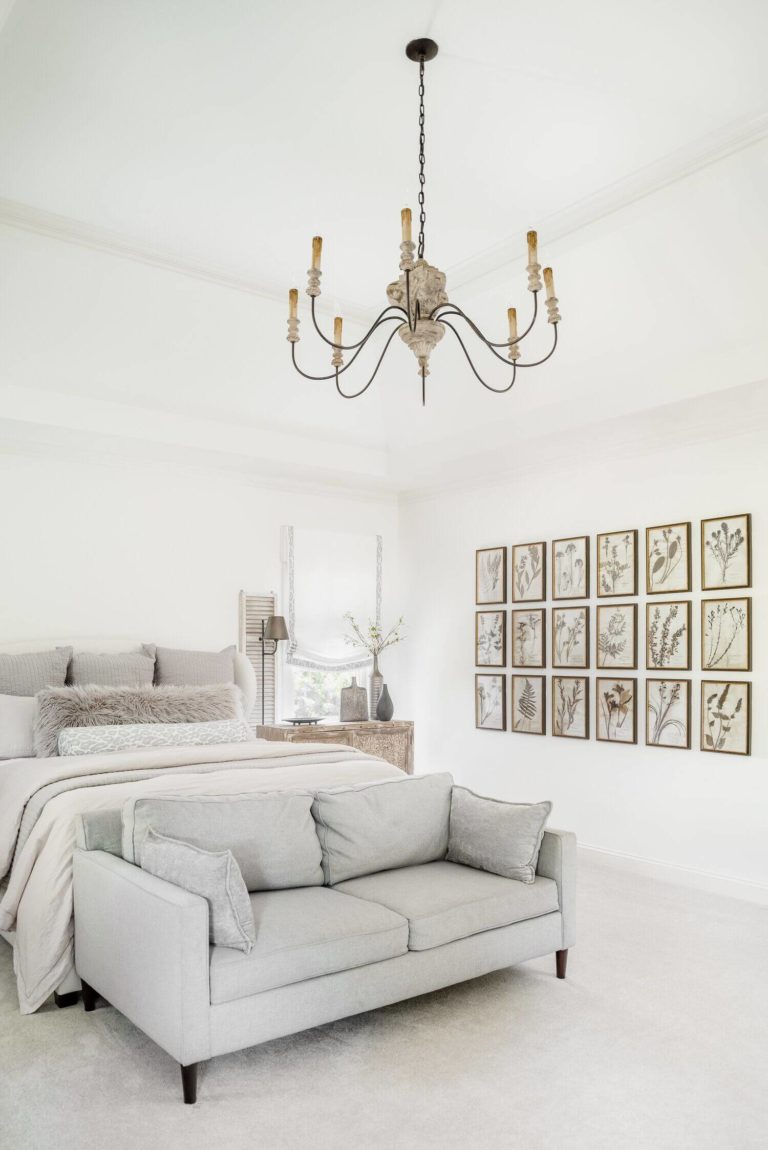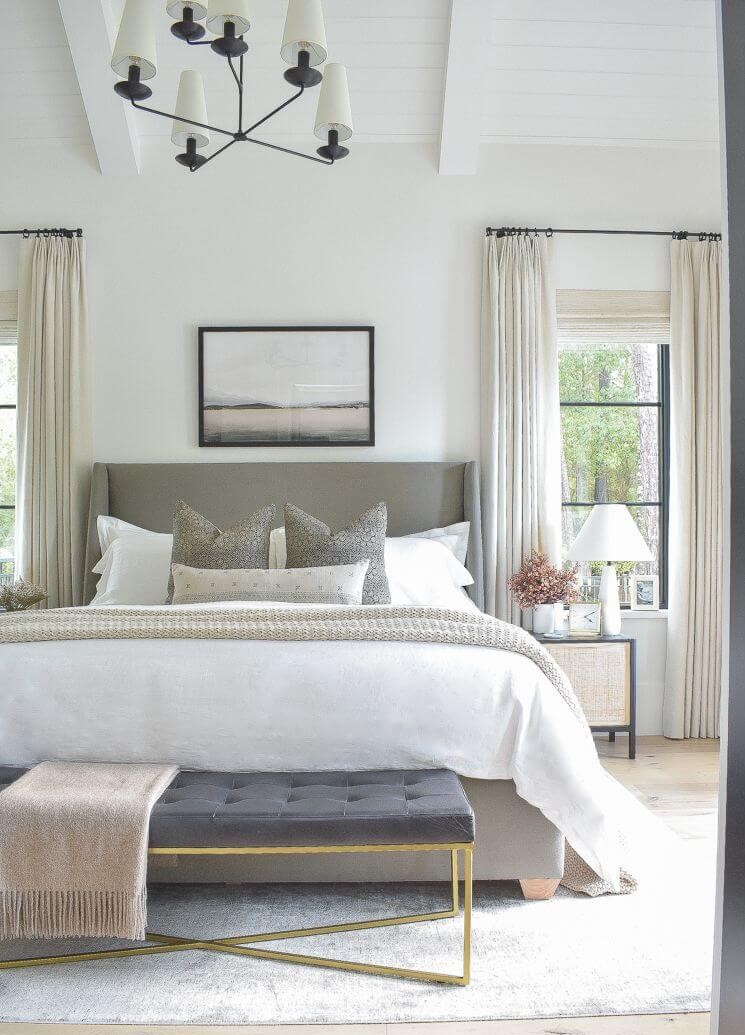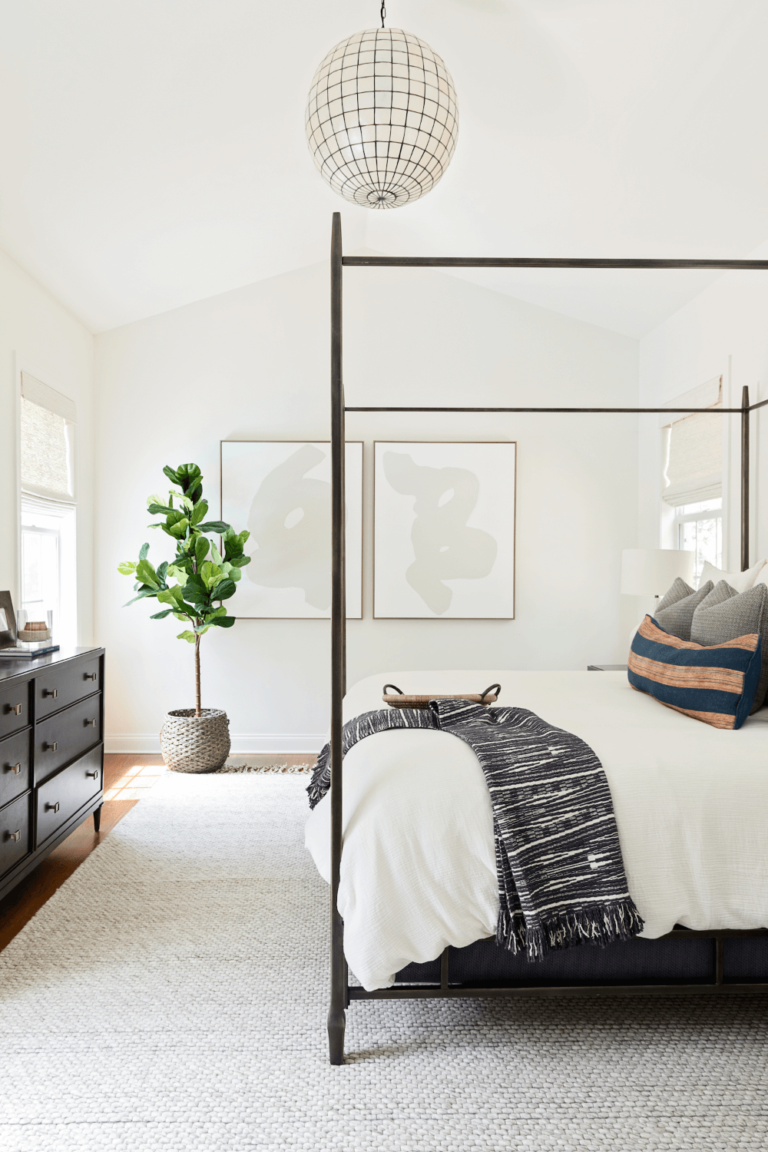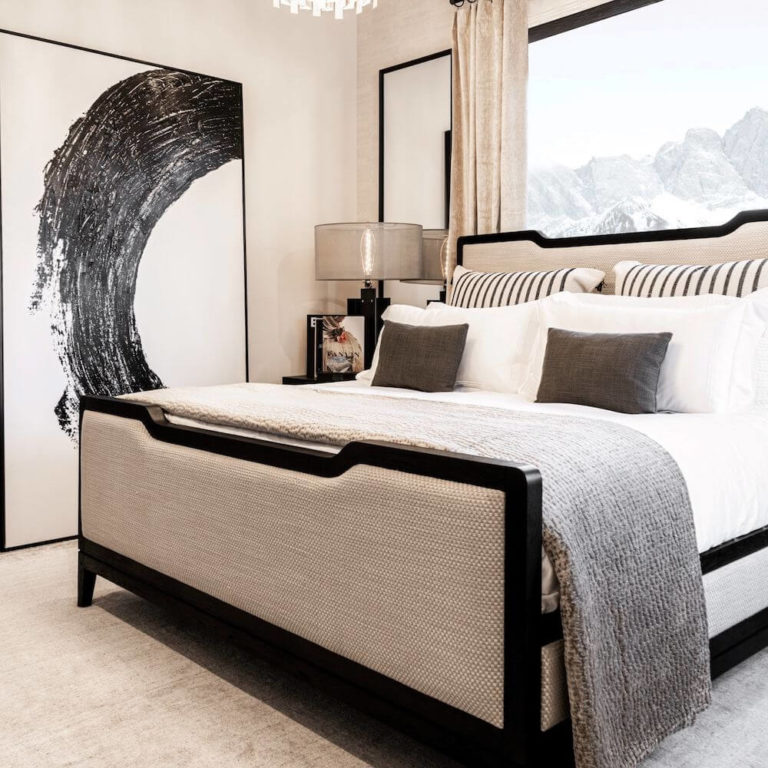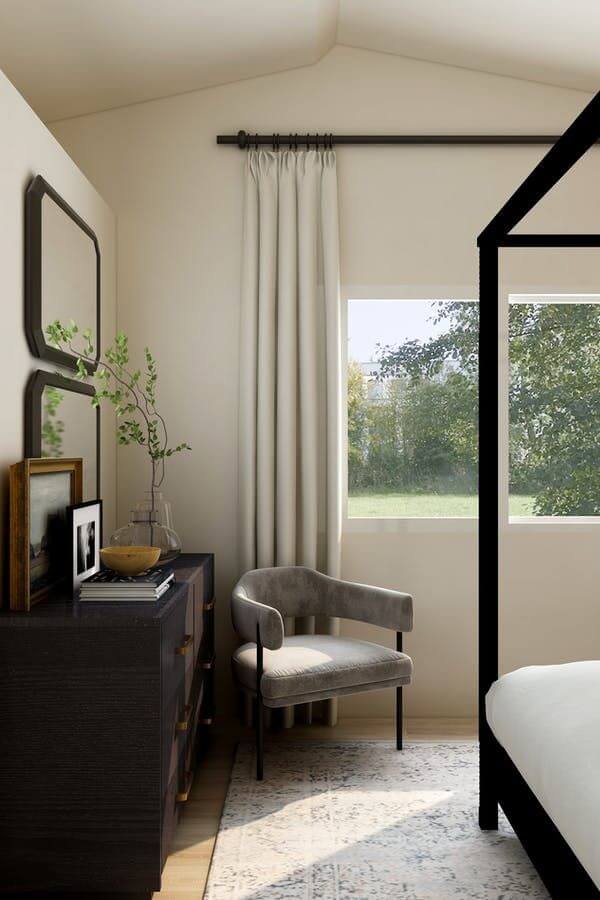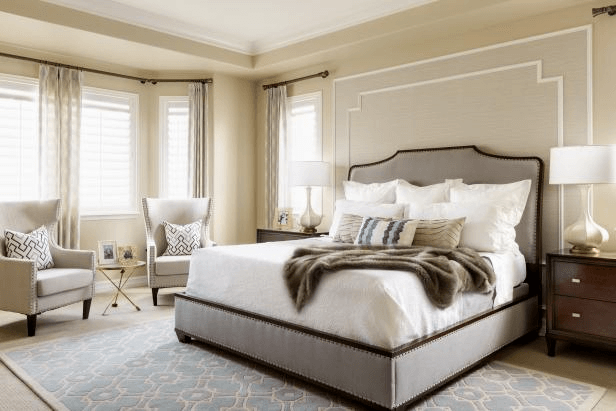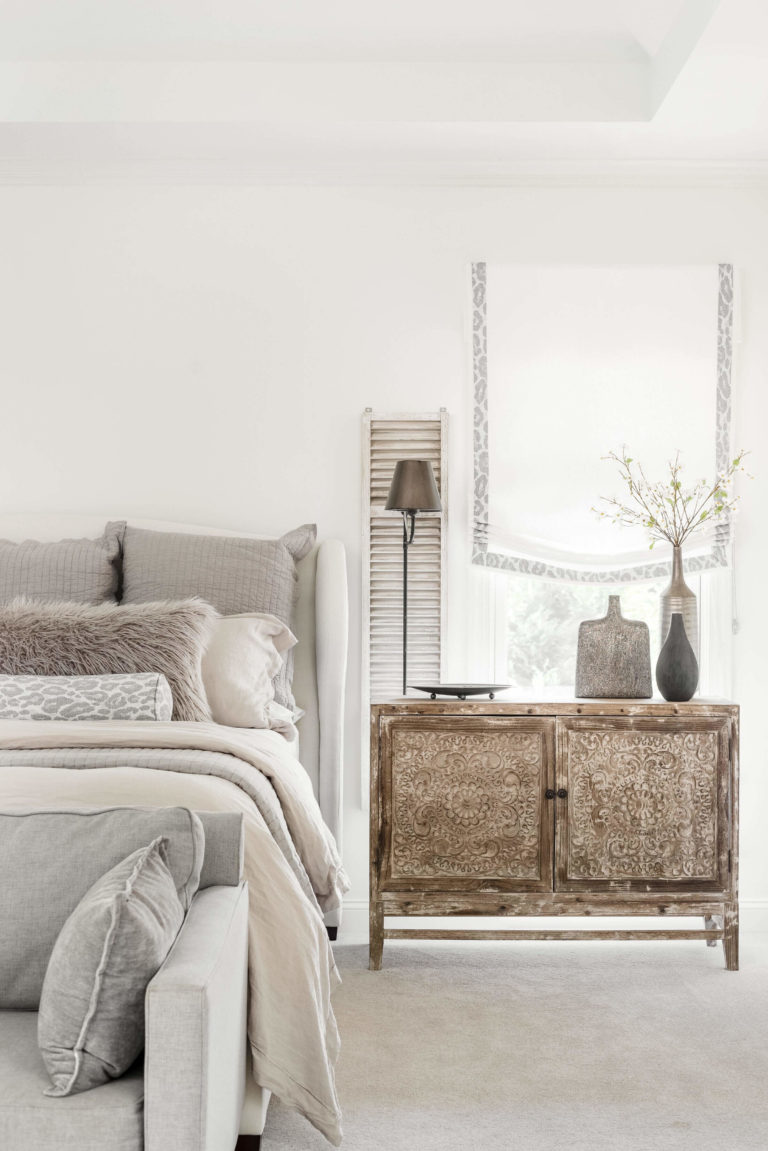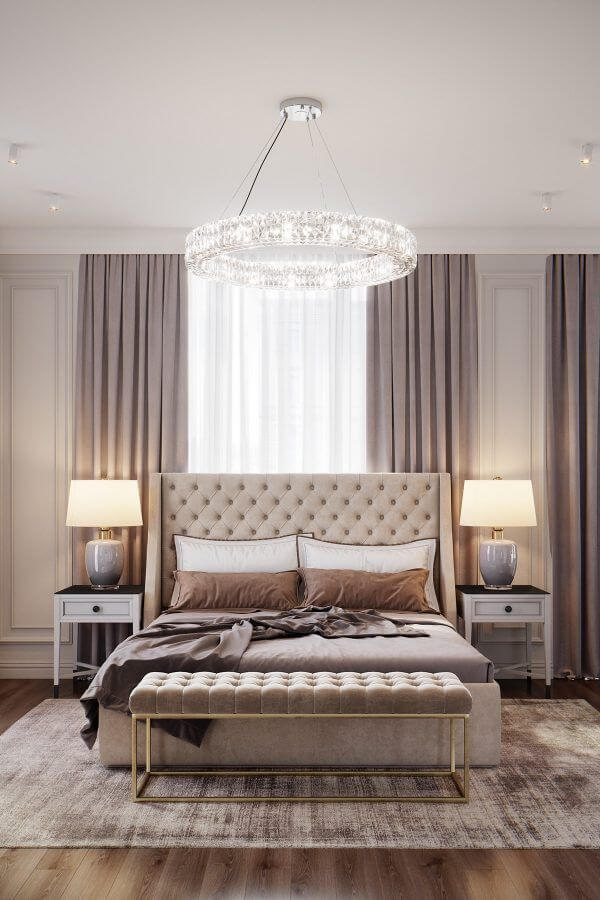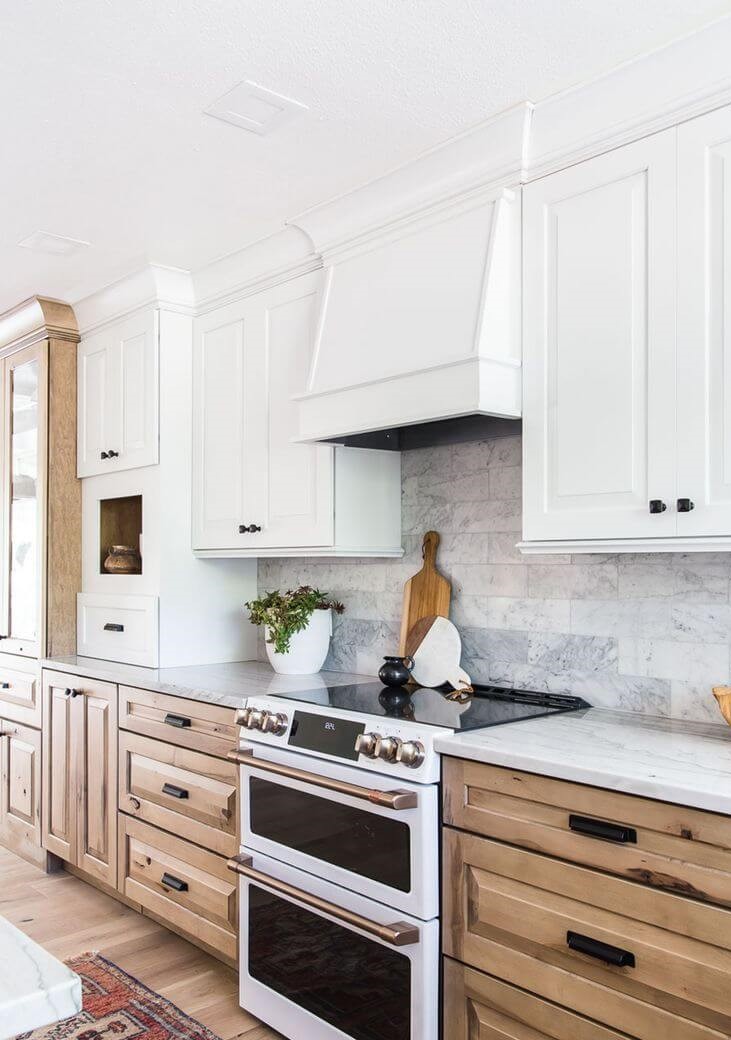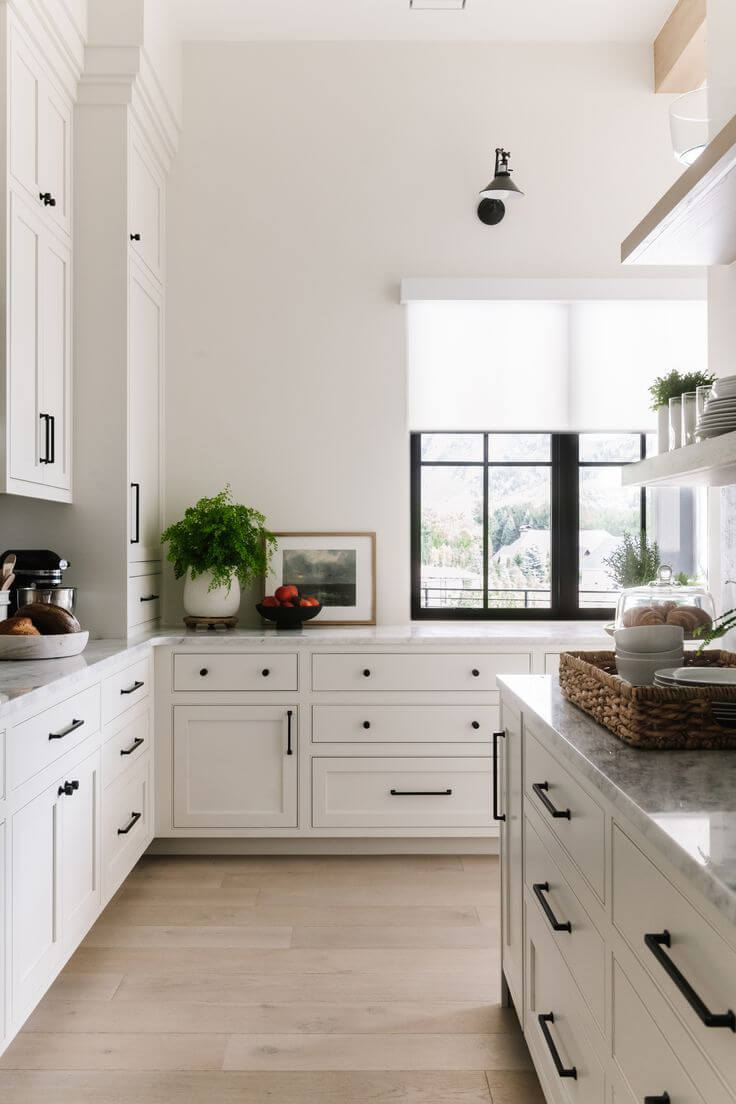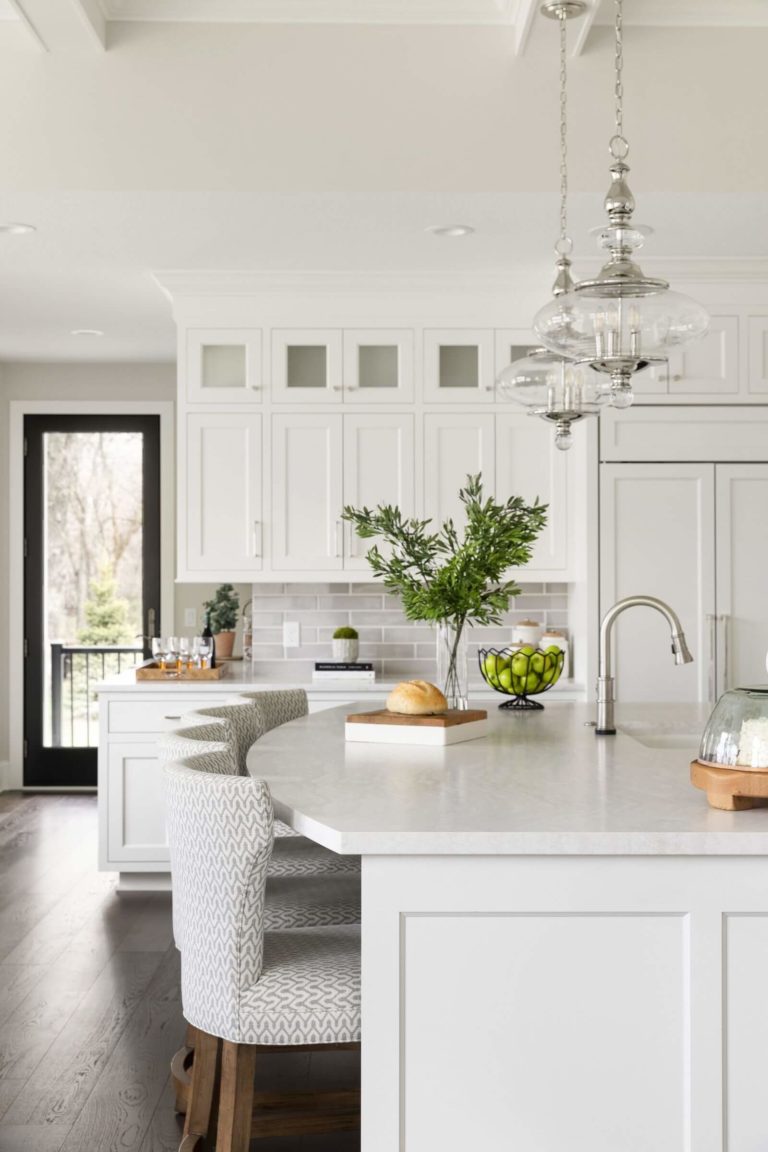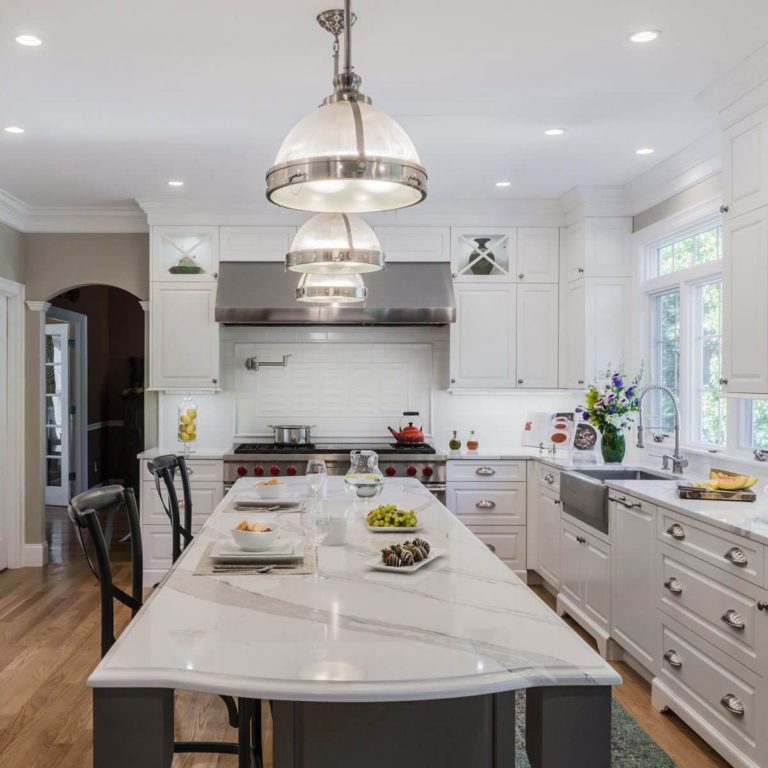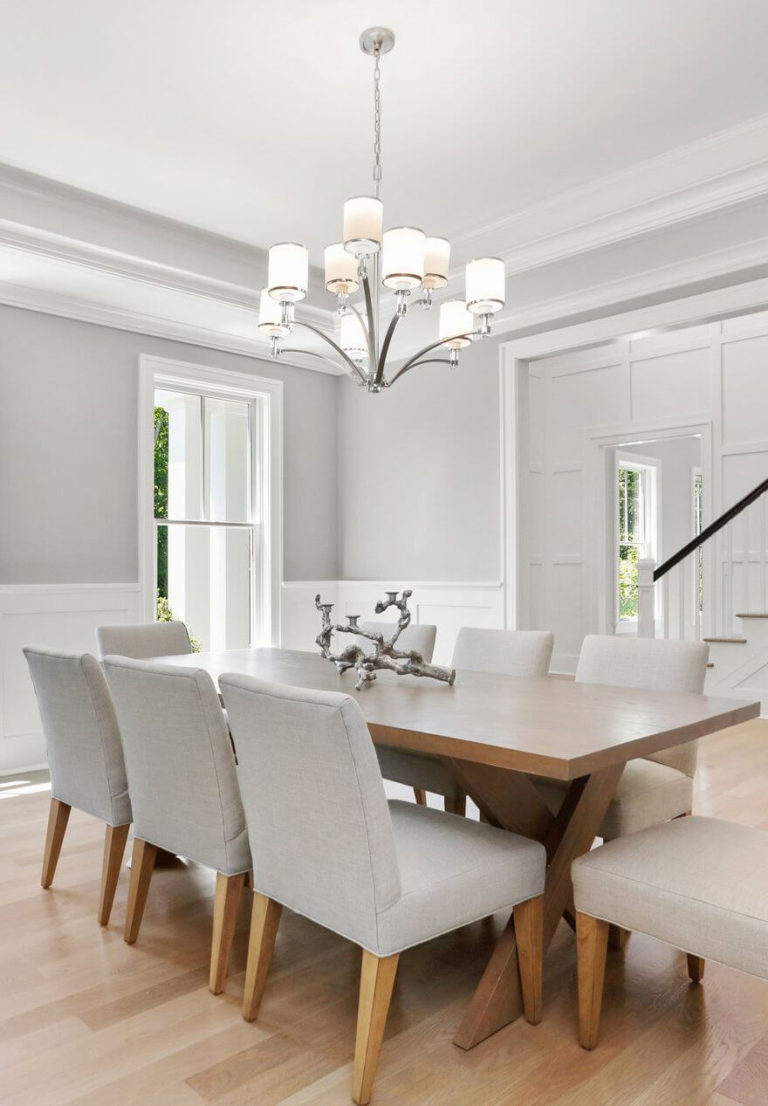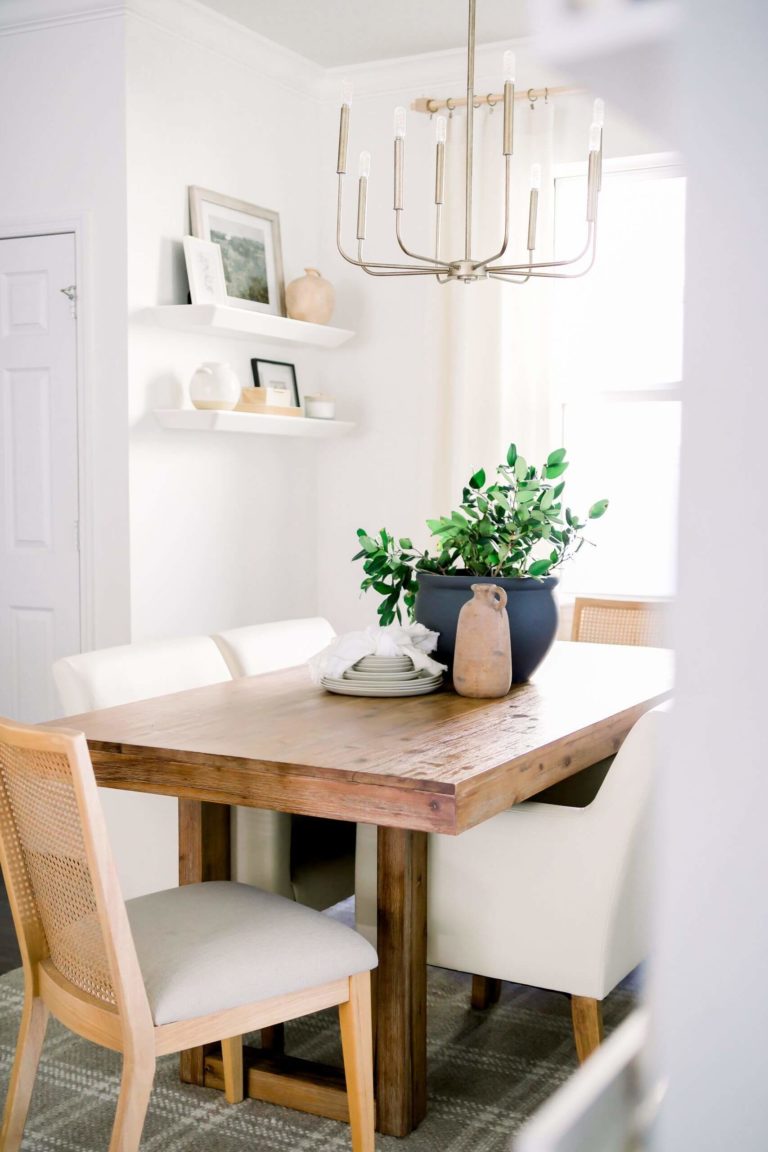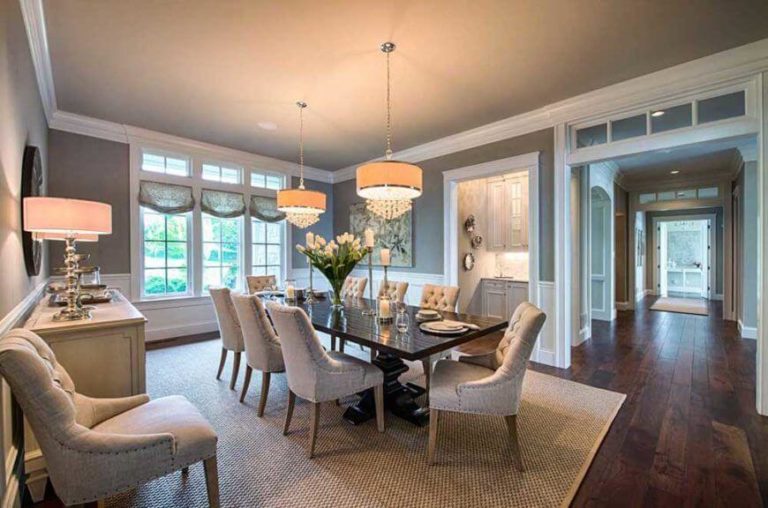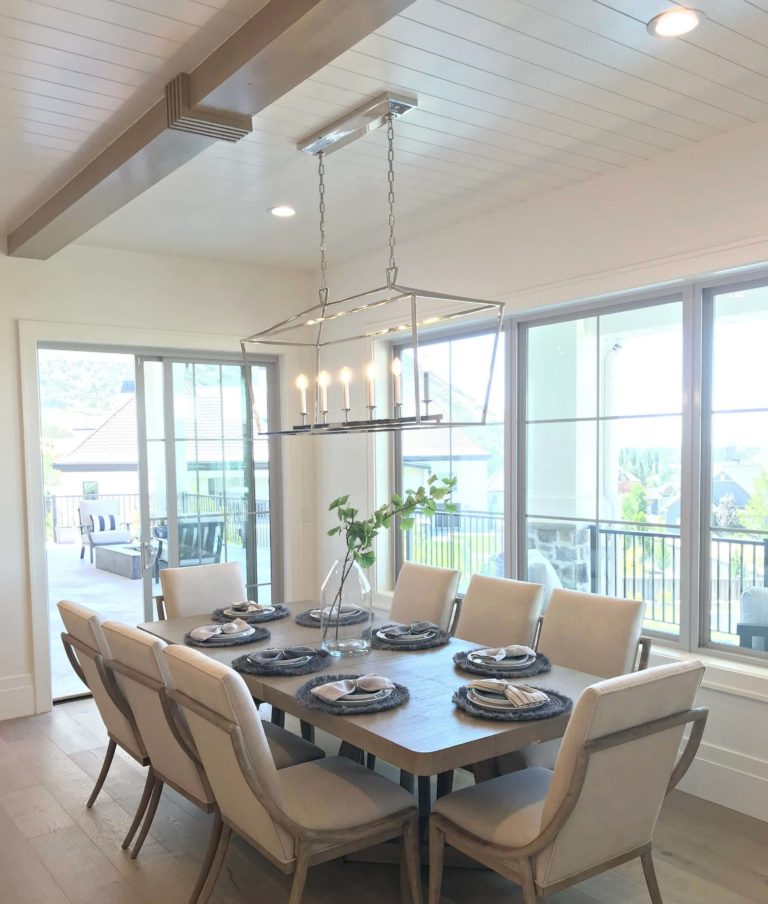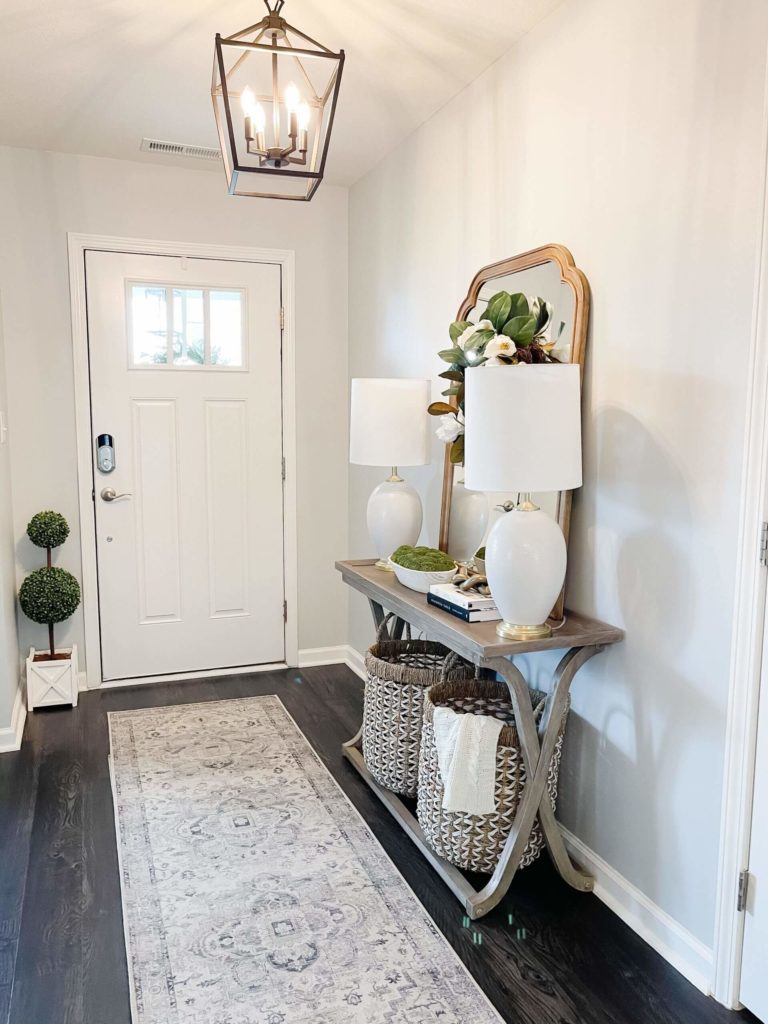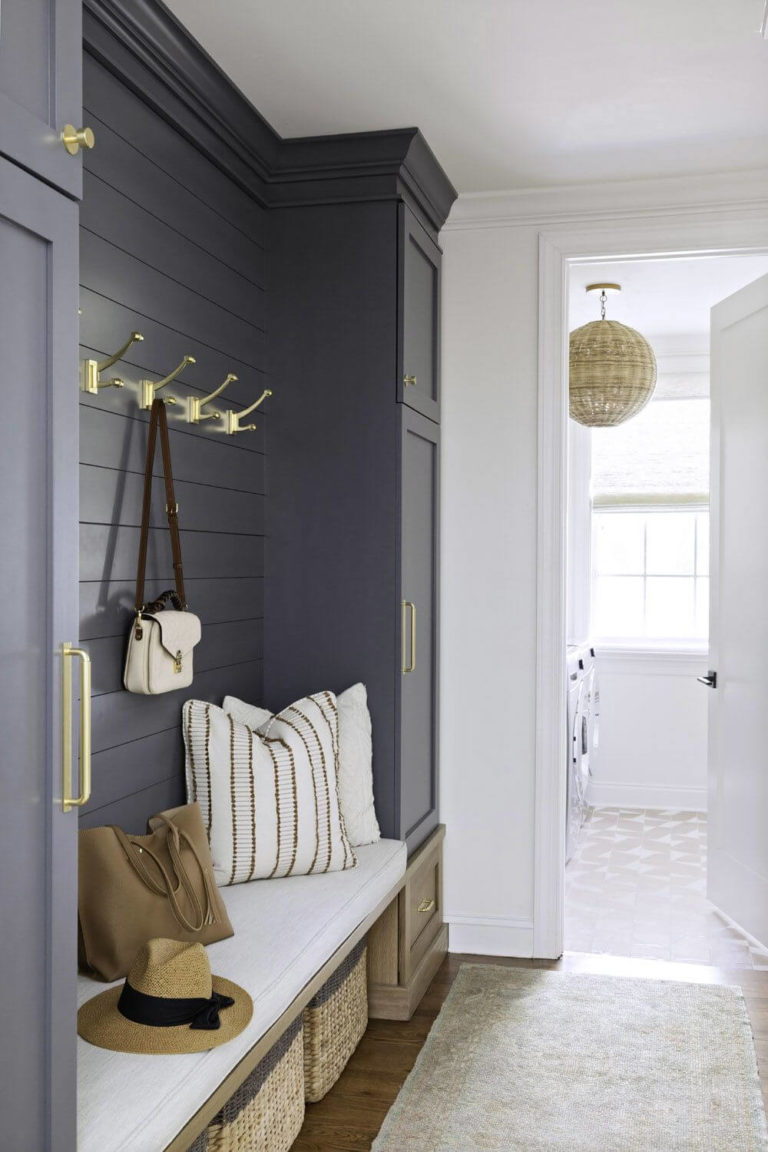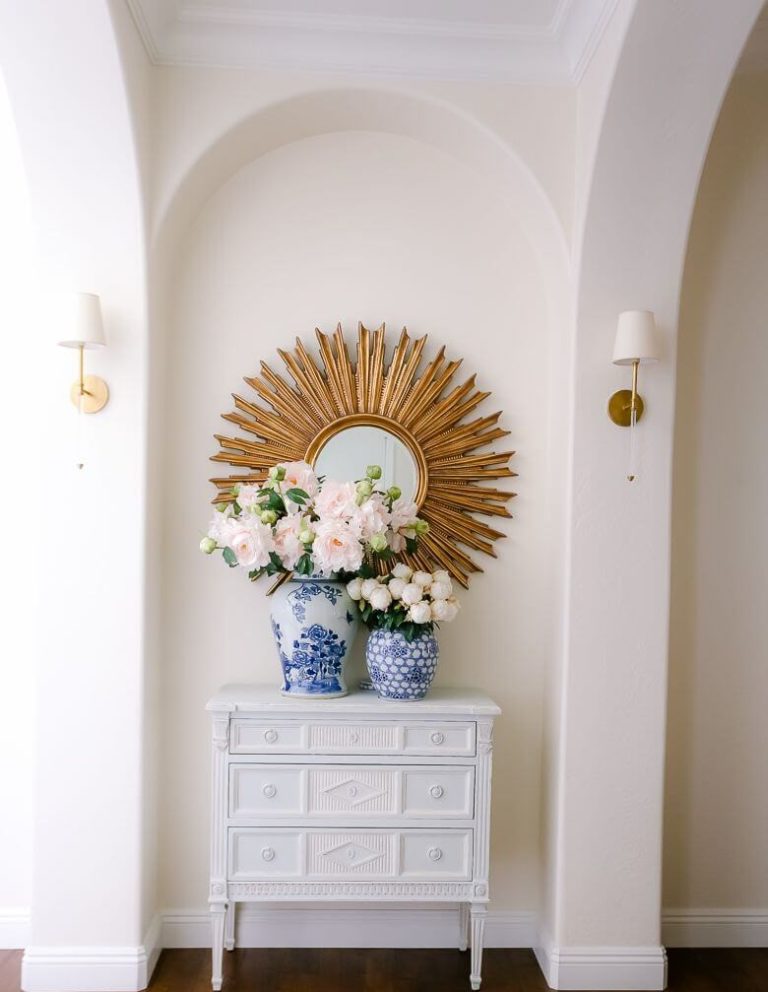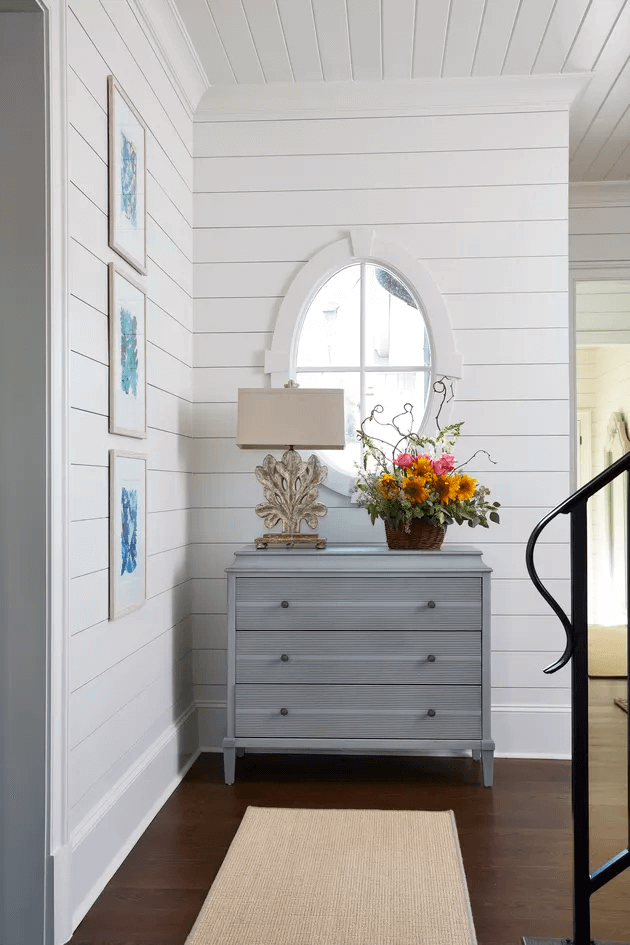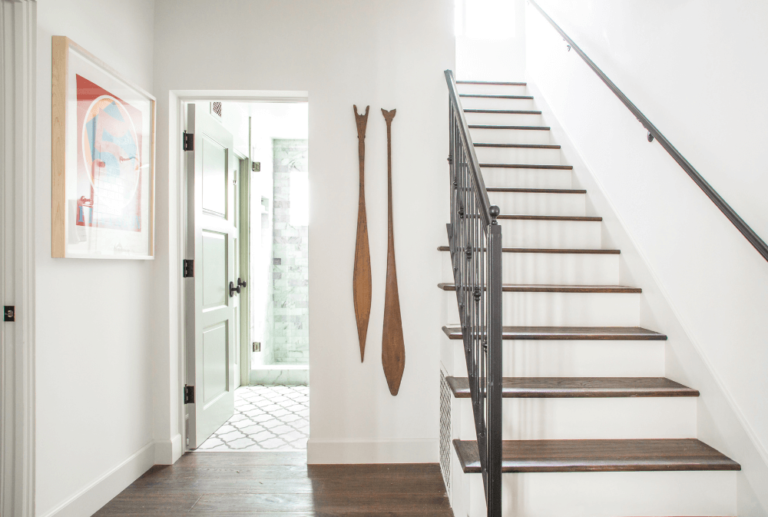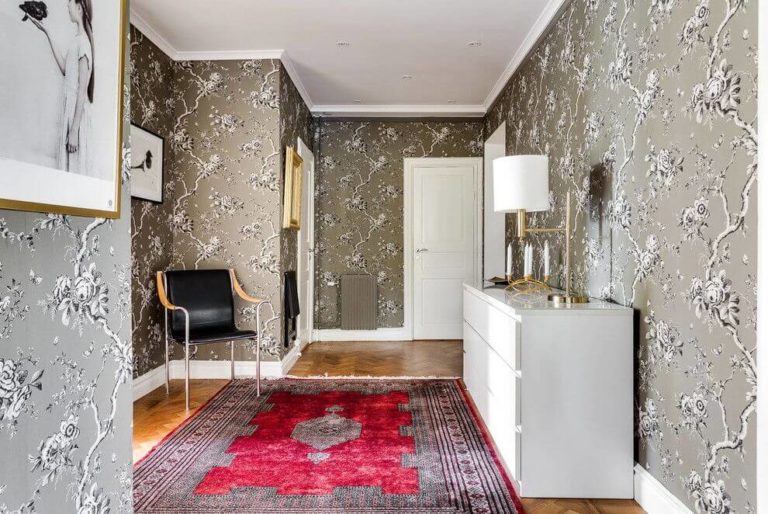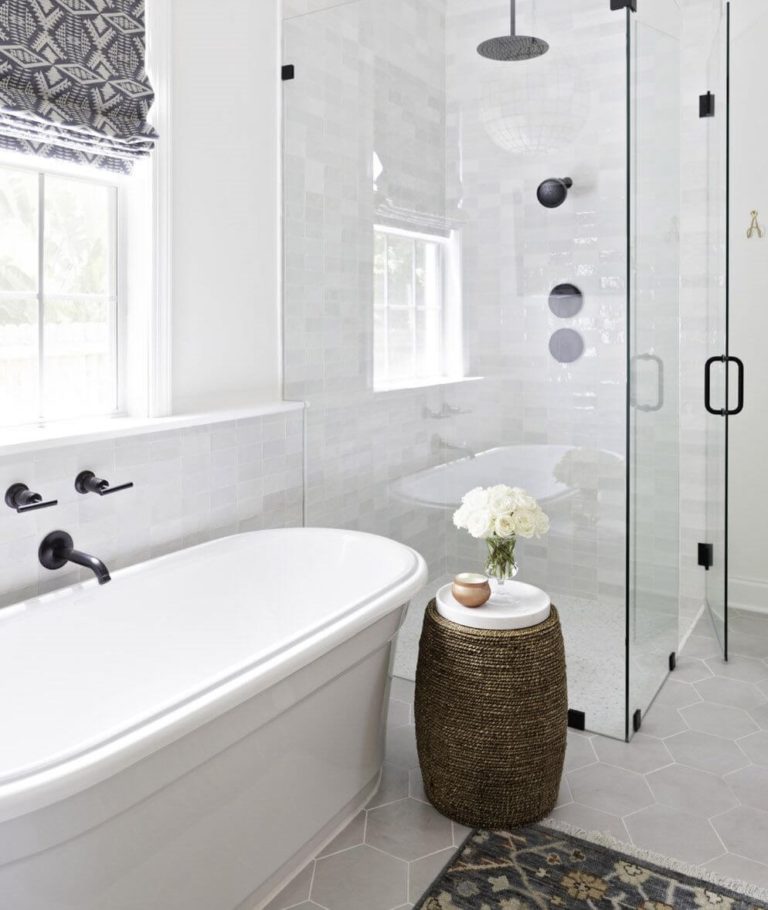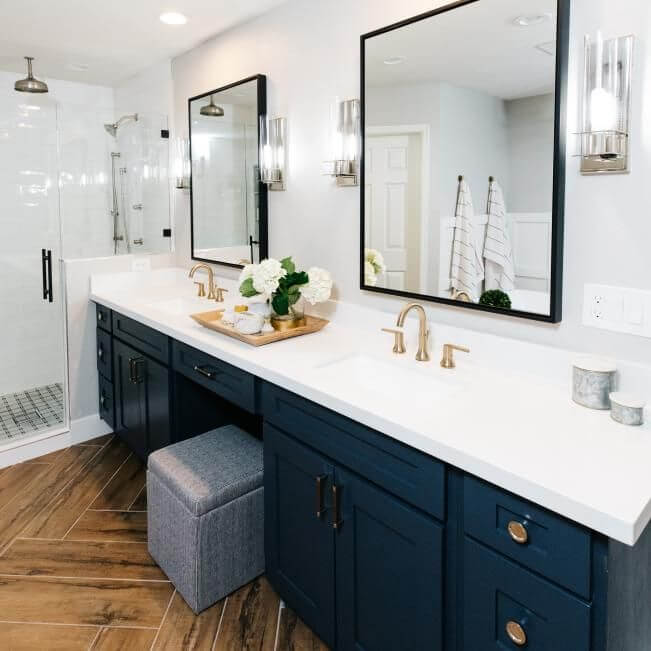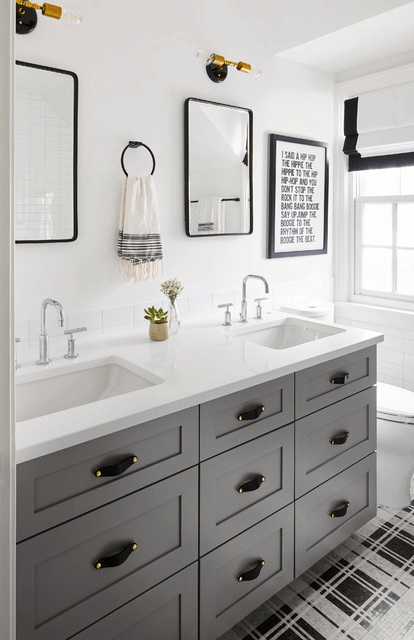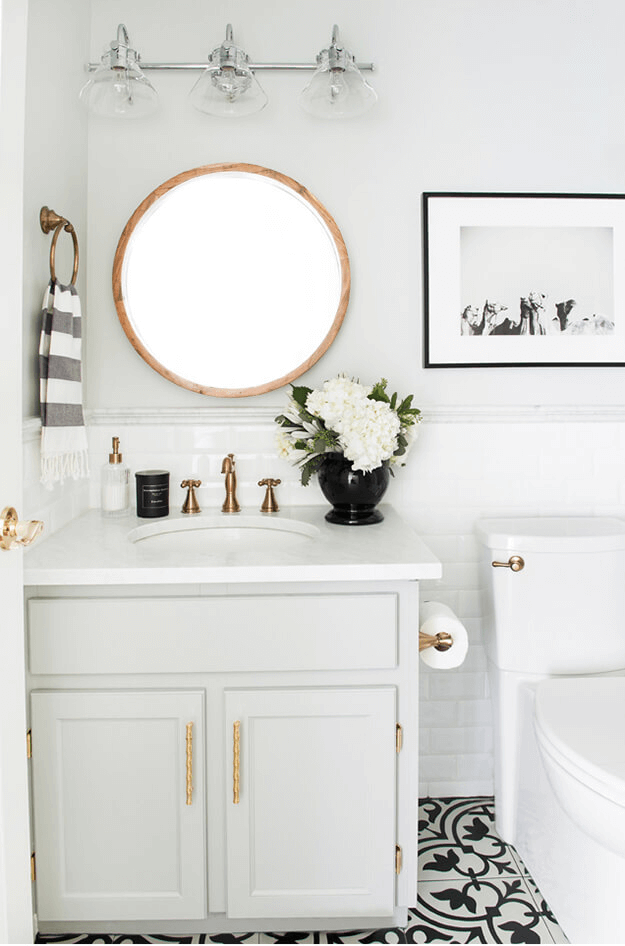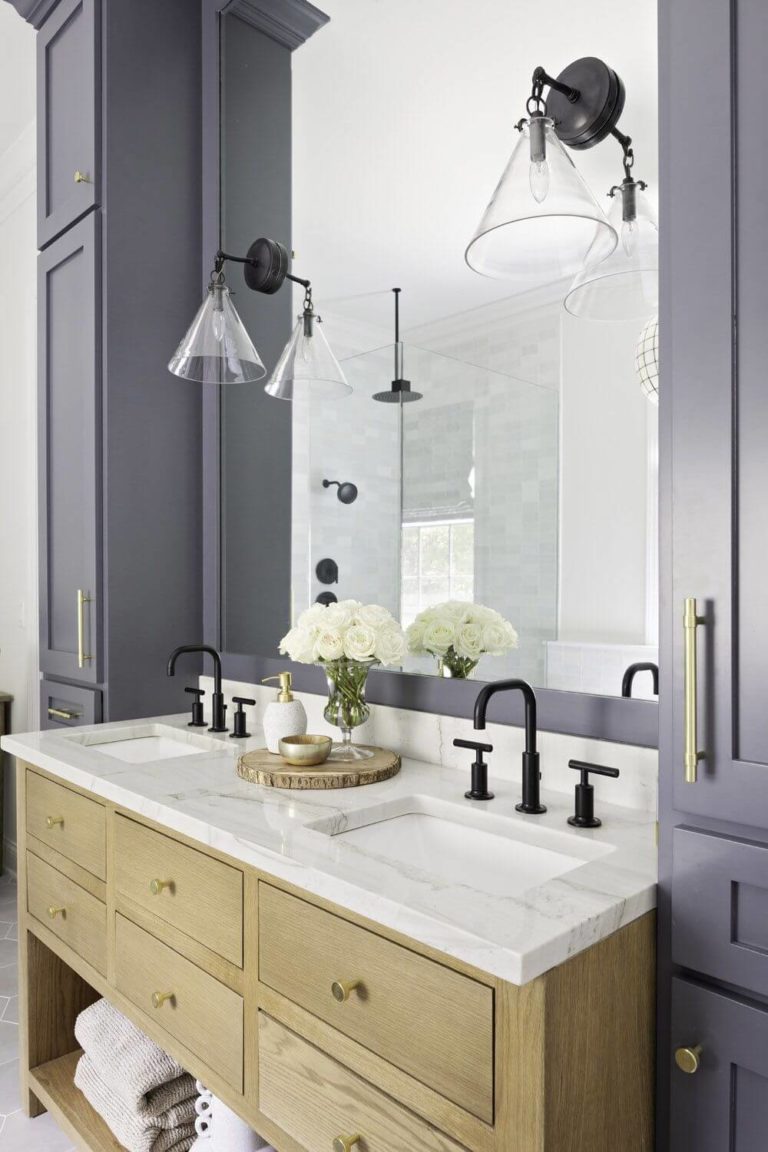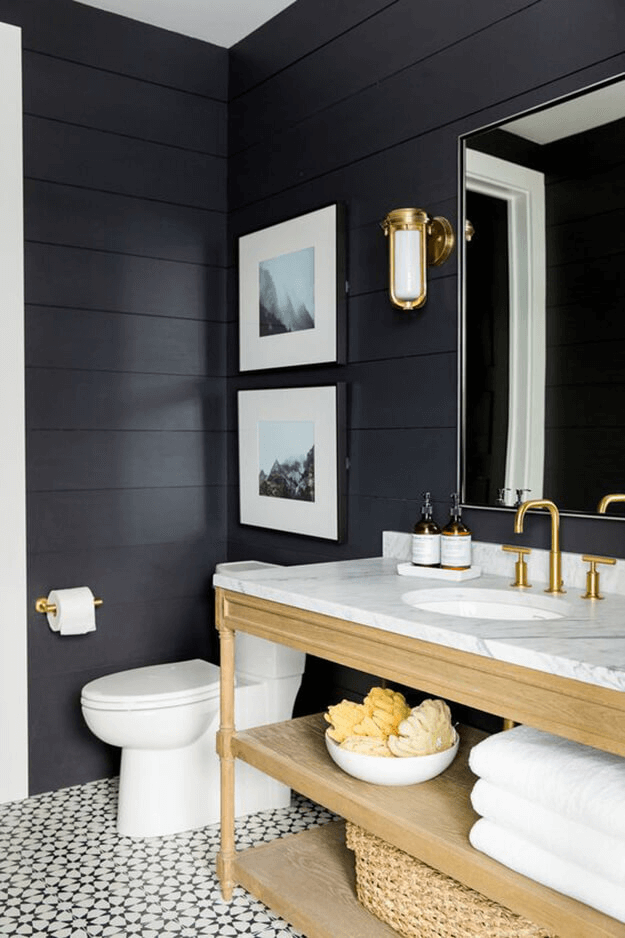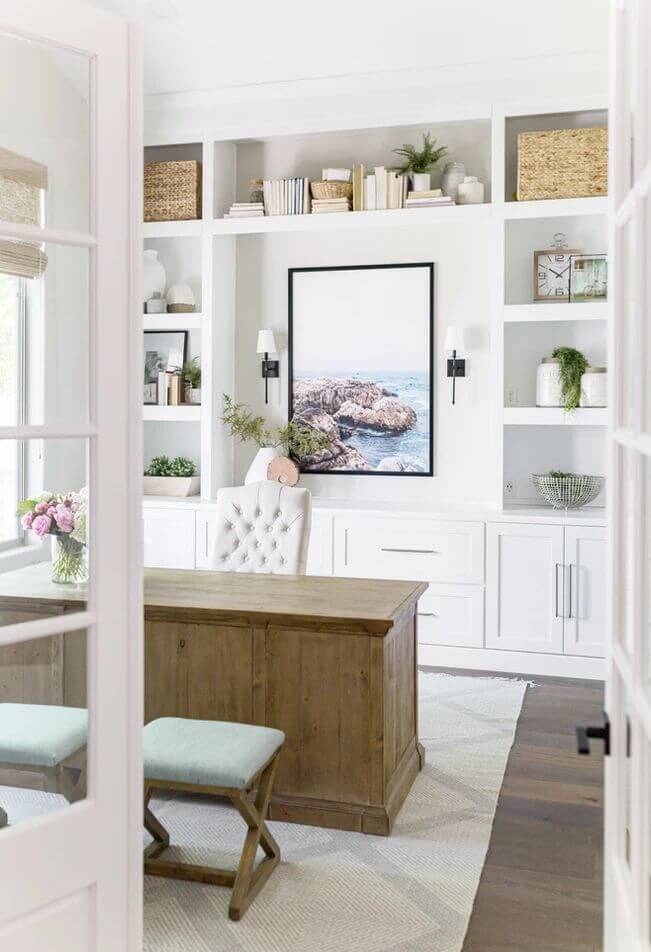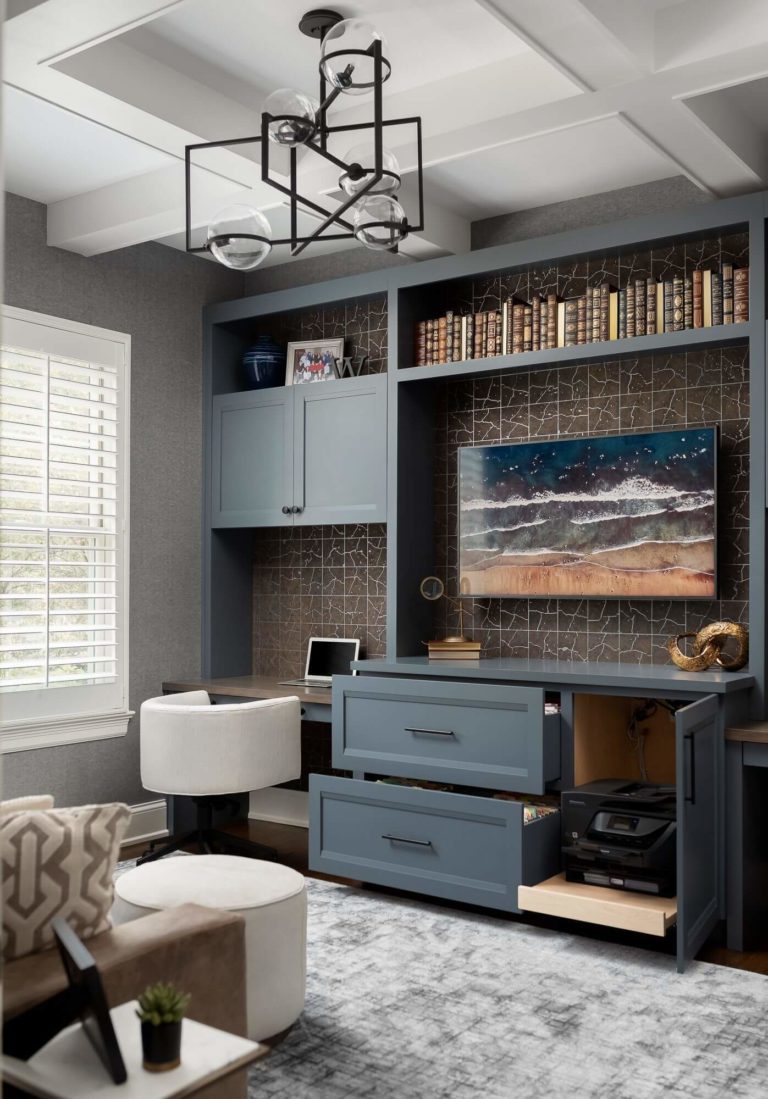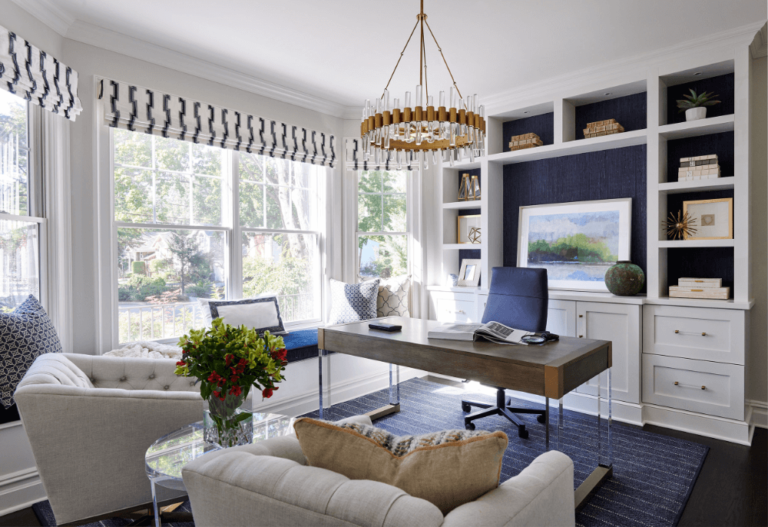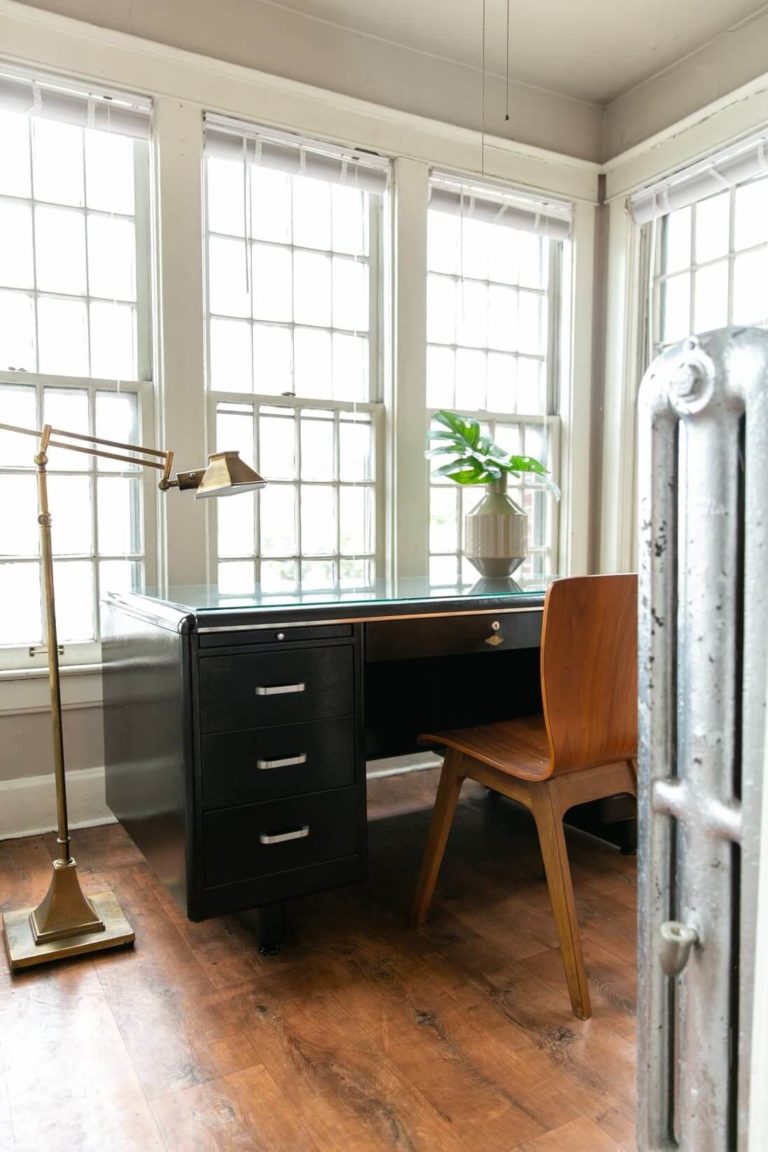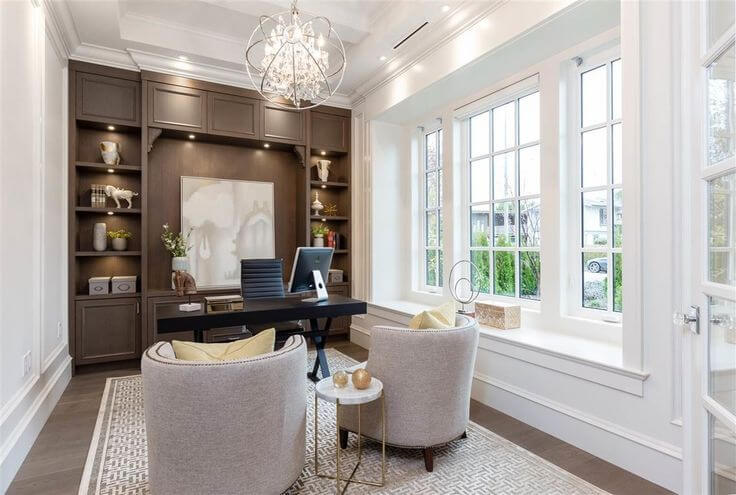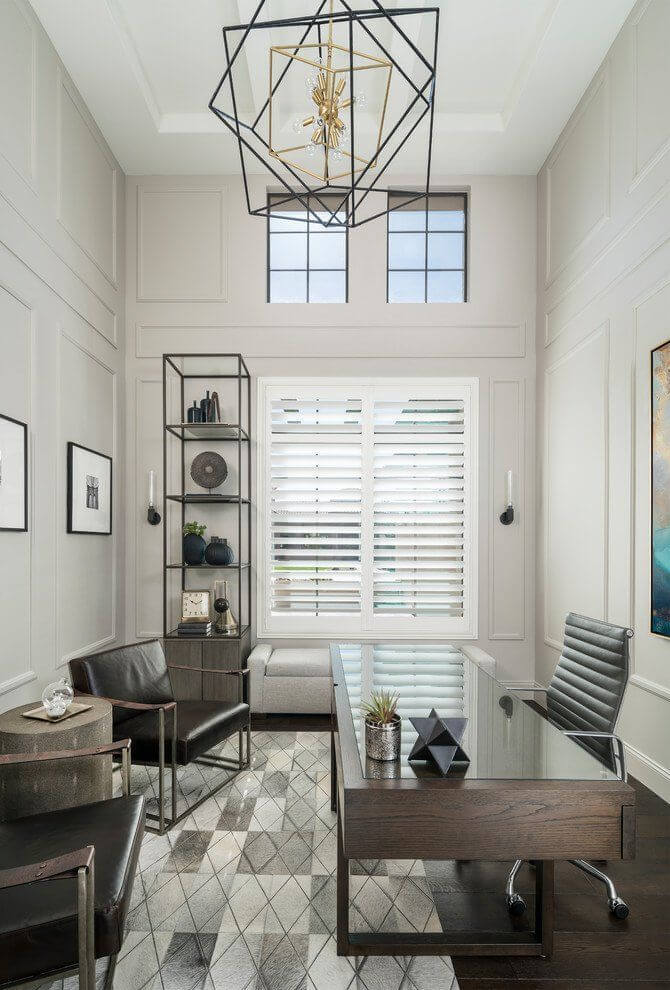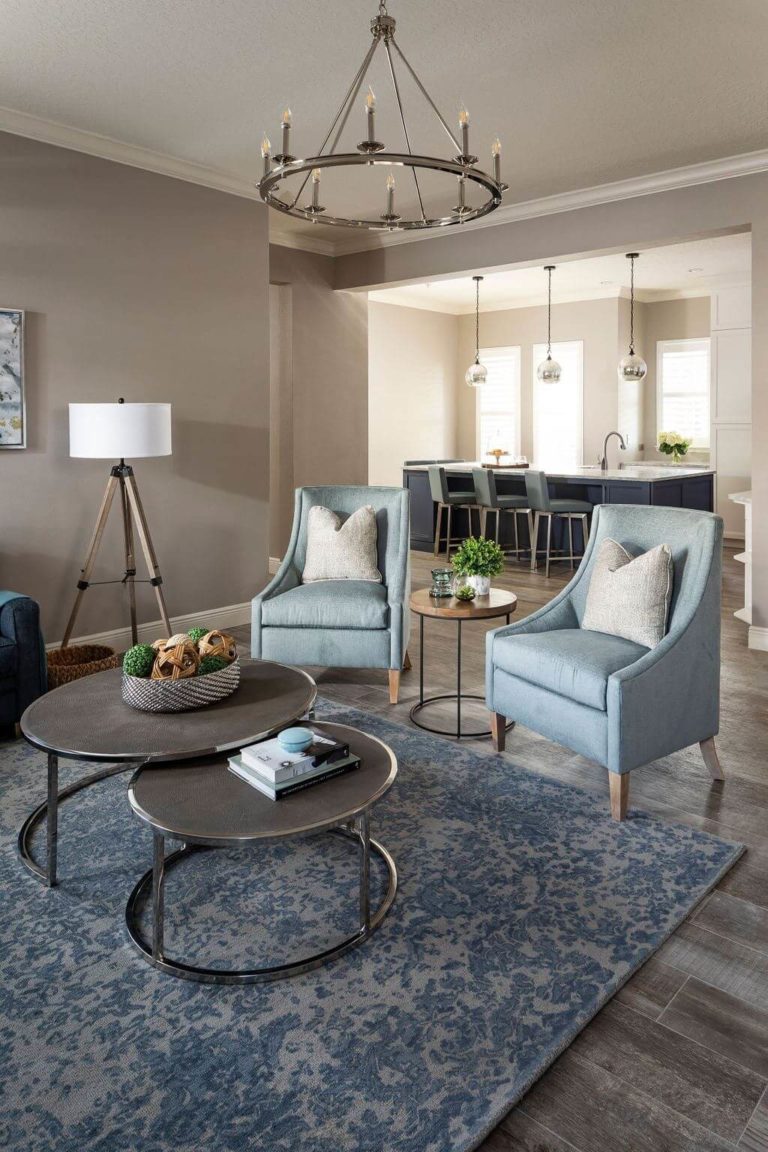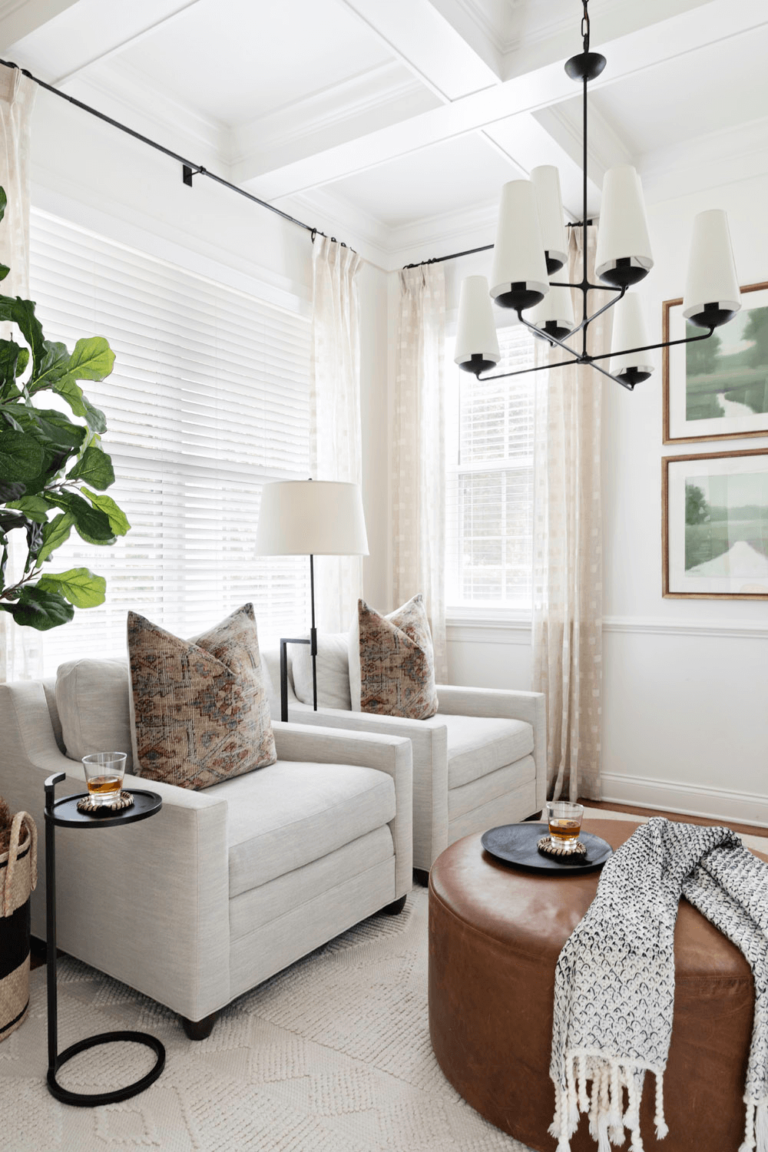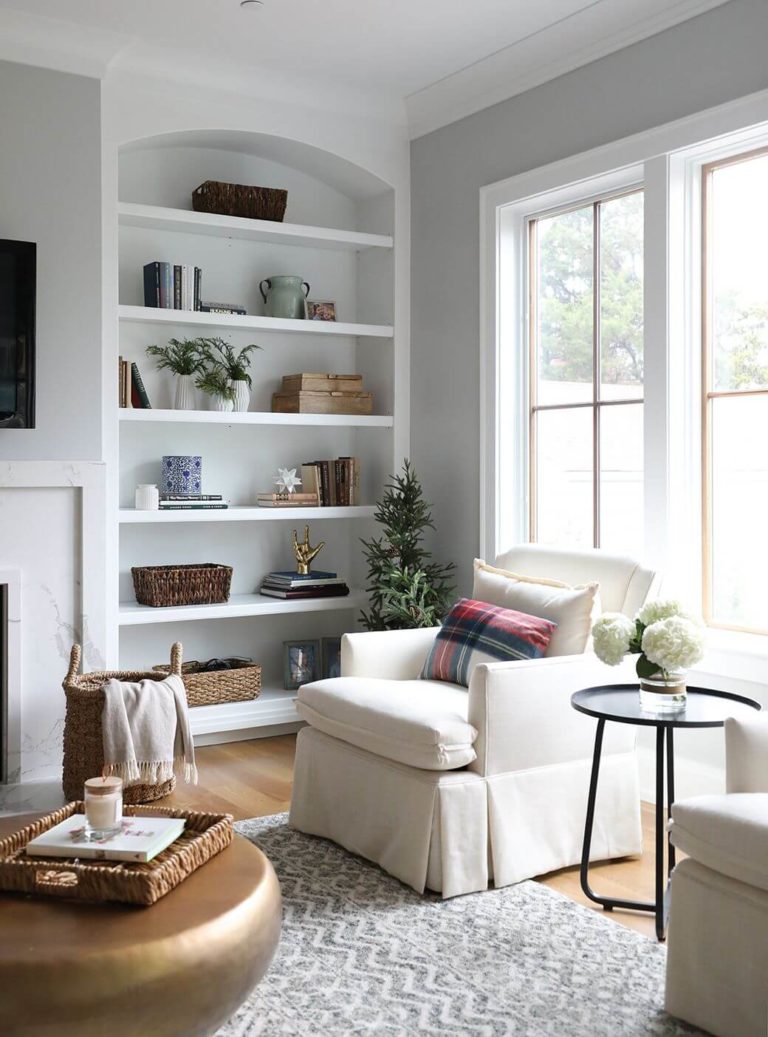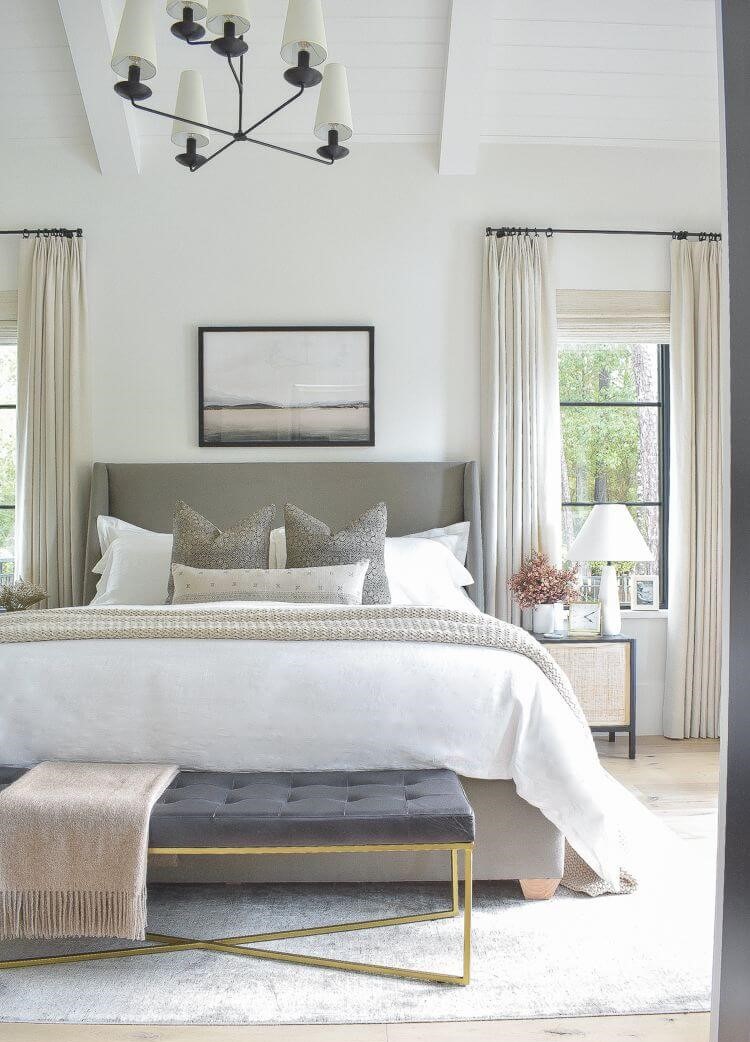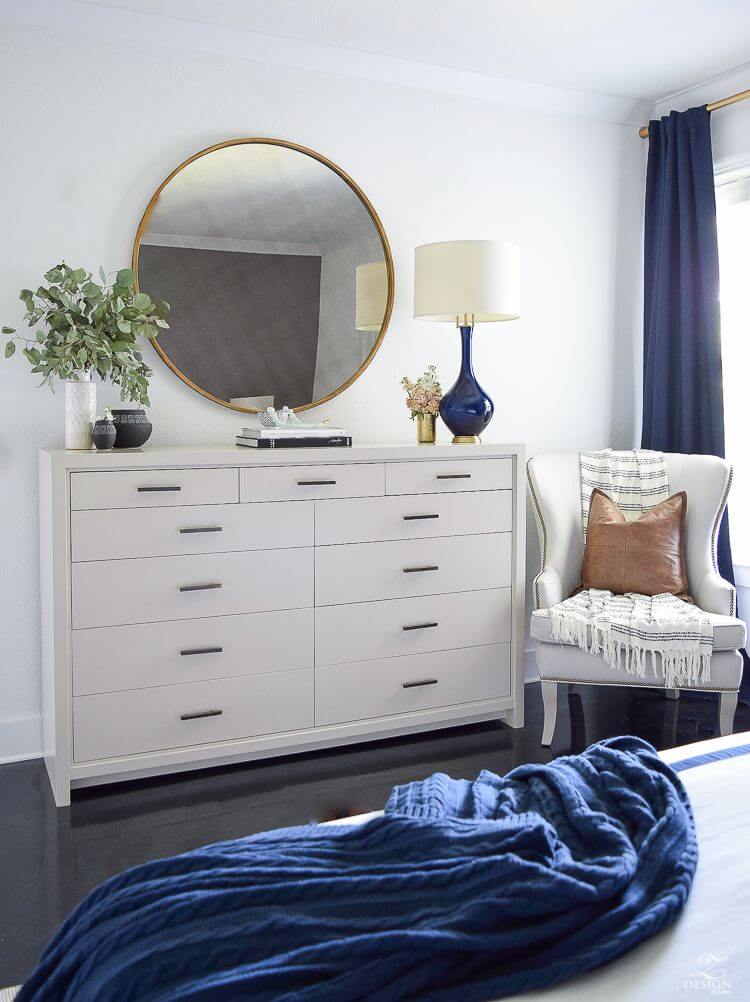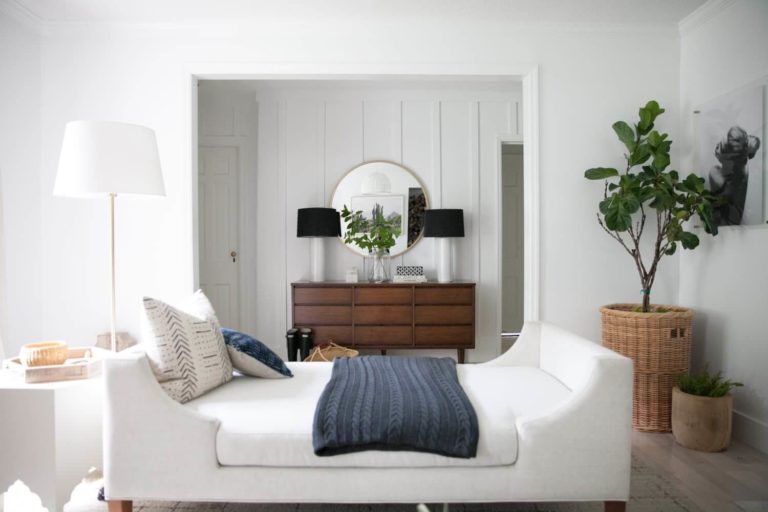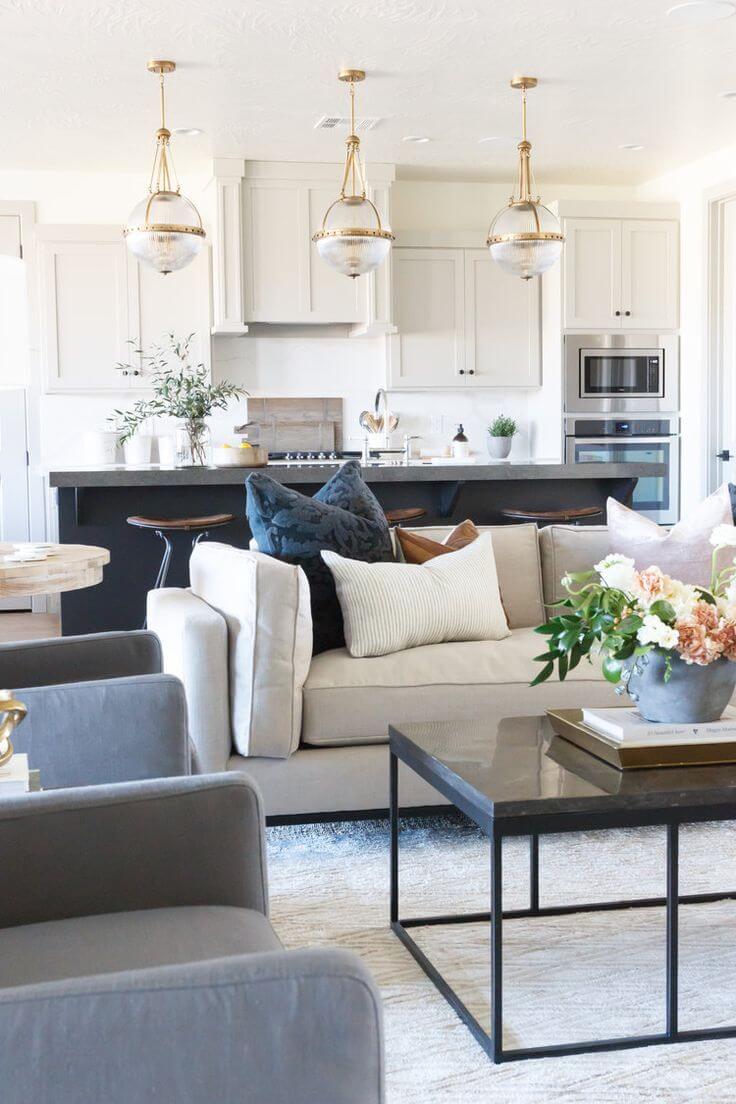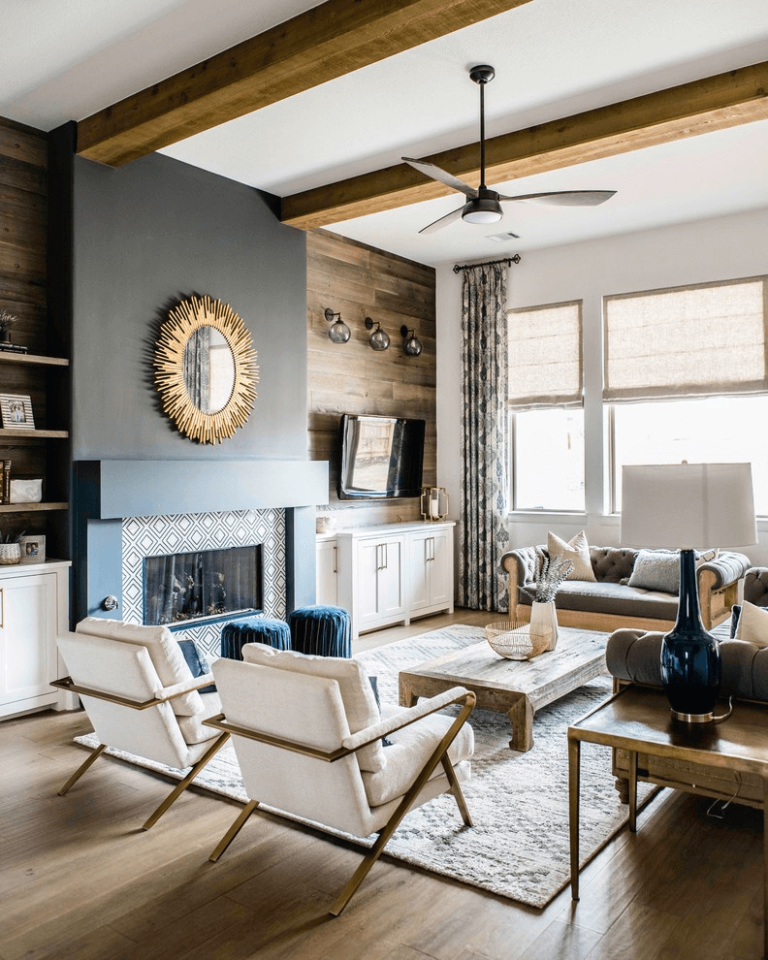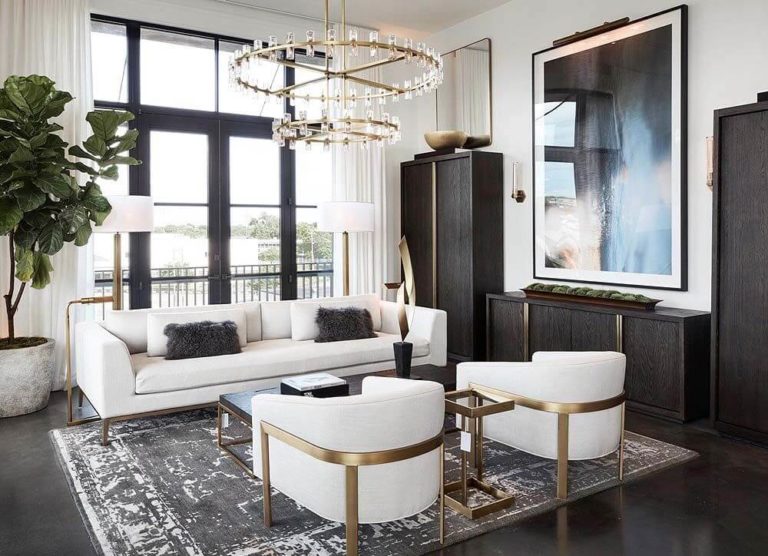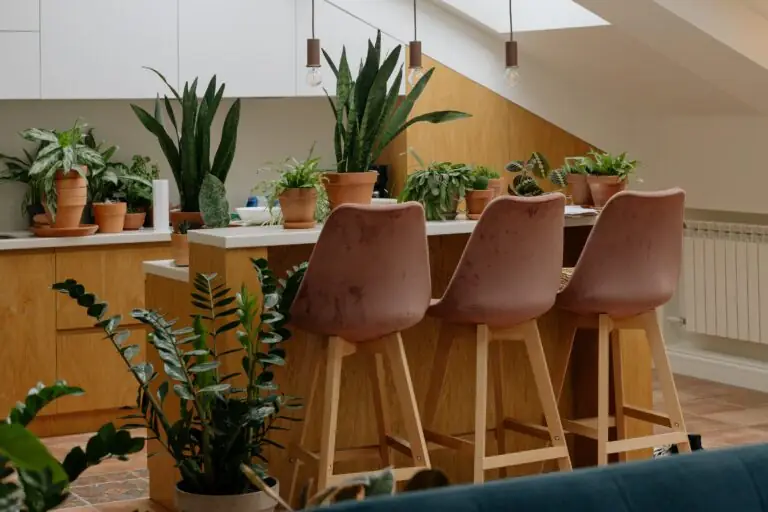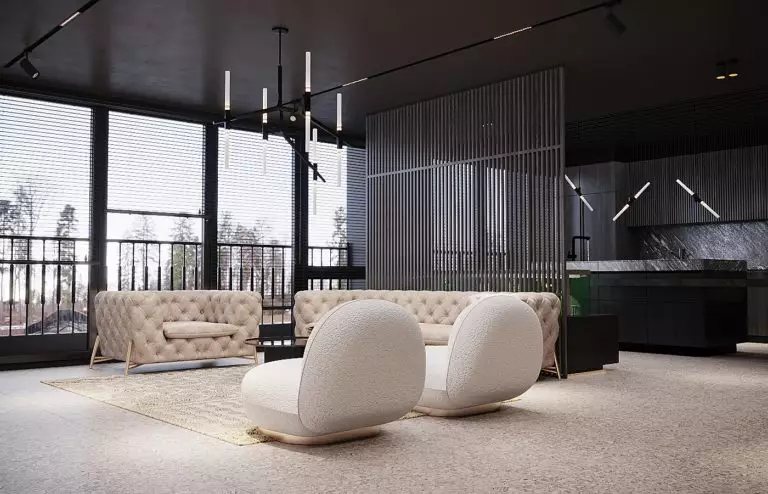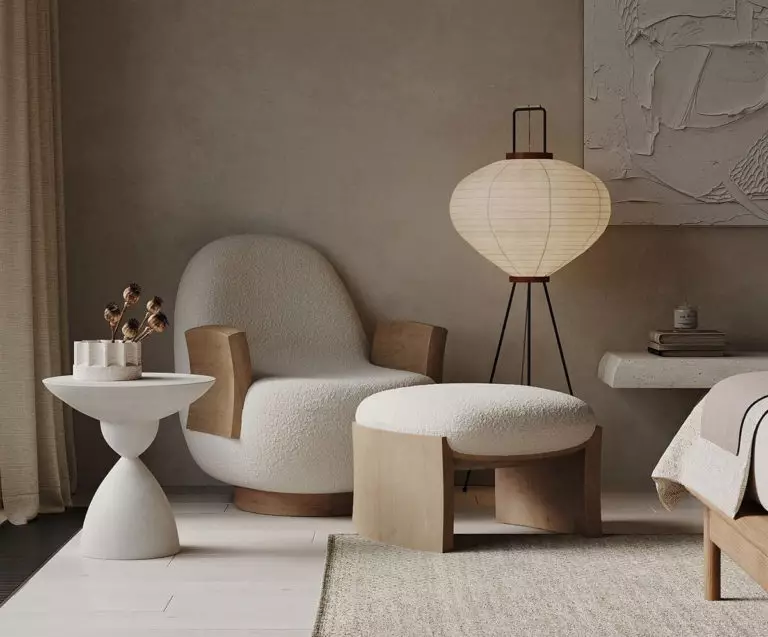Transitional style in interior design
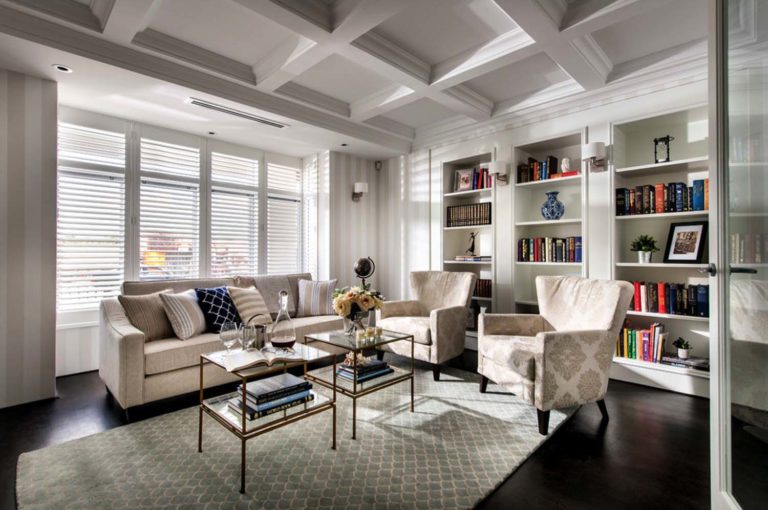
Each style has its connoisseurs. Amateurs of the Classical style do not hide their admiration for conservatism, symmetry, and elegant luxury. Those devoted to modern design openly appreciate the purity of form, conciseness, and functionality. But what if you still do not know which side to switch to? Let us tell you a secret: a style designed specifically for doubters already exists. Today, it is known as Transitional. Are you ready to talk about an interior design style that takes all the best from the Classical and all the most important from the Modern? Well, we think it’s time to start.
What is Transitional design?
Generally, Transitional style is understood as a mix of Classical or Traditional and Modern solutions. However, designers suggest using a more efficient and appropriate word, balance. Indeed, the transition is nothing more than the balance of functionality and luxury, sophistication and straightforwardness, male and female, novelty and antiquity. It may seem that these concepts are incompatible. Still, once you look at the transitional interiors, you immediately feel the effortless sophistication that delights and makes you literally feel physical warmth in your soul.
The beginning of the development of this style is considered the period of the 1950s in the United States when many began to get tired of restrained postmodern and functional interiors and remembered the classical sophistication. The constant search for a balance between cleanliness, practicality, rigor of lines, and refined luxury became such an interesting task that designers are still striving to solve it.
Many people try to compare the Transitional interior style with eclecticism, but these are completely different directions. Unlike eclecticism, with its unexpected solutions, contrasts, and occasional hints of outrageousness, Transitional aims to find the perfect balance and inspire harmony. It becomes a buffer zone between the past and the present by skillfully absorbing and redistributing classical and modern elements.
Basic principles and key elements
Some of the principles and features of the Transitional style may seem rather strange to you, but if you think about them a little, they seem logical and contribute to the picture of overall harmony. So, consider the key elements of such interiors:
Colors and prints
Muted, clean, and neutral tones predominate in Transitional interiors. Let’s not talk about them too long and go directly to the list of the most popular colors
Briefly speaking, this is the base characteristic of the transition, but this does not mean that bright tones are alien to it. For accents, quite spectacular and, at the same time, eye-pleasing shades are chosen – turquoise, sapphire, mustard, marsala, sunny yellow, mint, sage, and lavender. The good news is that a total look is completely optional for this design – you can use even more than the usual two or three basic tones.
As for prints, there are surprisingly few of them in this style, and this is a nod to modern design. In a Transitional interior, you can see abstract, animalistic, and floral ornaments, but be prepared for the fact that they will be presented on just one type of accessory – pillows, carpet, or curtains. Repeating is not something optional – it is not necessary at all.
Materials
Interior decoration in a Transitional style does not bring any surprises. Some of its solutions are borrowed from modern trends, but the emphasis is still on the classical. Let’s get straight to the design of the finishing types in such a design.
Walls
The best thing you can do with the walls in a Transitional interior is, of course, paint them! As a rule, in terms of color, the focus is on light and neutral tones combined with matching white skirting boards.
Another option for decorating the walls is wooden boiserie panels, wallpaper with stripes in the Empire style, and even a little stucco. In some interiors, you can even see shiplap accent walls, and although this option may seem too eclectic, you may well take a closer look at it.
Ceiling
In the decoration of ceilings in the Transitional style, the Classical almost always dominates. Coffered, with small stucco elements, golden in color, with spectacular skirting boards – this is how they most often look in such interiors. However, no one will stop you from simply whitewashing them, covering them with paint, and decorating them with laconic skirting boards – this option is appropriate almost everywhere.
Flooring
Don’t expect any novelty here. Accept without hesitation wood. Parquet and hardwood flooring are a win-win for Transitional interiors, and if you don’t want to try anything else anymore, then you don’t have to. If you need more practicality, especially in the hall or bathroom, just choose wood-look porcelain stoneware – modern quality materials look just as good as traditional ones.
Furniture
You can devote more than one hour to stories about furniture in a Transitional interior, and, perhaps, a day. Furnishings for such a design are the harmony of yin and yang, clarity and smoothness, grace and stability. You will not find anything deliberately luxurious and pretentious here, but such units enchant with balance, aesthetic lines, and cozy shapes.
Looking at photos of transitional furnishings, you can see how modern and classical designs create a great mix both with each other and with retro-style items: sofas with carriage screeds side by side with glass tables on a metal frame, Voltaire-style chairs, wicker flower vases, and elegant showcases with antique consoles. No matter how surprising it may sound, there are no sharp contrasts between them – everything together sounds very harmonious and voluminous.
Lighting
What the Transitional style really cannot deny itself is fantasizing about lamps. It cannot be said that multi-level lighting scenarios are created for such interiors – everything is quite simple and, one might say, traditional. Not surprisingly, it is the design of the light sources that is in focus.
Perhaps you will be pleased that there are no longer luxurious and voluminous chandeliers in Transitional interiors. Here, they are more concise and modern. You can also see hemispherical lamps, floor lamps from the constructivist era, and rows of discreet ceiling suspensions. However, it cannot do without a share of sophistication: elegant classic table lamps and sconces, usually used in pairs, take responsibility for it.
Textiles
Transitional textile design is based on the golden rule of “necessary and sufficient”. This means that the abundance of fabrics is not a threat, although everything will be in an appropriate amount – from straight draperies made of dense materials on the windows to carpets and a certain number of decorative pillows. In some cases, blinds or roller blinds can be seen on the windows. However, they are never used on their own. As for the bedroom, the bedspreads and pillows to match the interior are an absolute must-have.
Decor
Above, we have already said that a variety of decorative elements is, in principle, uncharacteristic for interiors in a Transitional style. However, the decorative units peculiar to this style are worthy of a separate article and become another means of emphasizing the excellent taste of the homeowner. Let’s take a closer look at some of the options:
Transitional style in different rooms
The Transitional style will emphasize your sophistication and ability to find stylish compromises wherever you use it. We think it’s time to discuss in which rooms the Transitional is usually used and how it can be applied most successfully.
Living room
The Transitional style is one of the best directions for creating a fresh and inviting space in your living room. The mix of materials and styles allows you to create an individual and by no means boring atmosphere. And that is why, in this case, we will not give you precise instructions – your intuition and basic knowledge of such a design will tell you everything.
In the meantime, choose basic neutral colors and think about what bright accents will allow them to sparkle in a new way. Play with textures by pairing upholstered sofas with rattan chairs or combining a vintage rug with a glass table. Look in stores or at a flea market for some interesting accessories “from the past.” Feel free to use velour and plush. Think about accent tables and flower vases. Shortly, you have at your disposal a huge number of ways to bring the past and the present together with the help of color, shape, and texture.
Bedroom
The interior of the bedroom in the Transitional style is completely subject to the laws of simplicity and comfort, and even the classical elements are presented here in the most concise design. A large and comfortable bed with a high upholstered headboard (carriage screed is welcome), an accent wall made of wood panels, paired cabinets or bedside tables, carpet on the floor, straight curtains on the windows, and paintings on the wall – perhaps that’s all that the transition requires. By the way, we will tell you a little secret: the bedroom is the only room for such a design, in which spectacular classical chandeliers are still allowed. So, take advantage of such an opportunity!
Dining room and kitchen
We would like to enter the Transitional-style kitchen. Come with us! Come in and stay for a long time! Here, in one of the most functional rooms, this style creates an atmosphere of elegant and unwavering comfort. As a rule, cabinets with glazed doors, massive countertops, and wooden details pay tribute to the classics. At the same time, islands and bar counters, modern faucets, and built-in kitchen appliances are responsible for modernity.
No less attractive are Transitional-style dining rooms, which are recommended to be arranged in a room separate from the kitchen – of course, if you have such an opportunity. Choose a large wooden table with laconic shapes and accompany it with upholstered chairs with high backs. Take time to find exclusive lighting, opt for an accent with a modern showcase bar or hanging console – as you can see, everything is much simpler than it seems.
Hallway
The Transitional style hall implies a look directed towards the classics, both in decoration and furniture. So, you have to think carefully about ensuring that very transitional mood. The same fashionable sconces and lamps and unusual accessories like a stylish banquette, a hat hanger, or hanging console can help you cope with this task. By the way, avant-garde paintings on the wall are also quite suitable.
Bathroom
The transitional bathroom is more of a story of the Classical style in a lighter, more modern version. Here you can let loose in terms of textures by choosing granite, concrete, or marble effect tiles, or even look at something exclusive with the inclusion of baroque patterns. However, if you still do not want the classics to swallow you completely, focus on furniture with simple yet elegant lines, trendy accessories and lighting. By the way, you might as well venture into a slender-legged bathtub or a pair of vintage faucets as a bit of quirk to make your life more interesting.
Home Office
The home office, decorated in the spirit of transition, looks suspiciously like a Traditional one. Lighter colors, less heavy curtains on the windows, and less massive furniture will help you break away a little in favor of modernity. You can also decorate a wall or table with contemporary art – this is the best way to add freshness to your home office decor.
Modern transitional interior design
Time does not stand still, and, of course, the Transitional style is noticeably different from what it was in the era of its formation. Modern trends could not help but affect its appearance, and today we can notice very pleasant changes. Let’s give an example of what most attracted our attention:
Transitional style: is it trendy now?
We can confidently say that the Transitional style is really popular now. Moreover, many people use it in their house or apartment design, without even knowing it. Indeed, a cocktail of classical and modern solutions is fully consistent with the current mobility trend of any style’s borders. In addition, many consider the fact that this cocktail can be made from very different ingredients to be a considerable advantage of the transition – it is enough to choose the right proportions.
Why should you try this style?
Even if the Traditional style seems too down-to-earth and chic to you, but you are still not ready to give up its solutions that promise you peace and stability, then you should not avoid it. Transitional can offer you the harmony of the past and the present, allowing you to experiment with small but significant details and create new and fresh solutions without going beyond peaceful harmony and elegance.
Who is the Transitional style suitable for?
We won’t be surprised if our article is the first thing you’ve ever read about Transitional style. Indeed, not many have heard of it, although they tried to follow it intuitively. So, now you know which design to choose in the following cases:
Transitional style in different countries
The interpretation of the Transitional style varies from country to country, which is understandable: following the local culture, their inhabitants interpreted the Classical and Modern trends in their own way. We think you would like to know what came out of it.
Great Britain
It should be noted that the English transition looks rather confidently towards the classics. However, it also boldly shows its ability to follow modern trends. This can be seen from the bright contrasting armchairs and mirror frames, the techno-style lamps periodically appearing in the atmosphere, and the works of modern art on the walls with a laconic design.
USA
Transitional style in the USA is one of the most cheerful and optimistic transition options. Here, a light range prevails with a confident inclusion of pastel shades. Preference is given to pure forms, but still enclosed in very smooth lines, and glimpses in the form of colorful carpets or an abundance of living plants become the perfect point in the balance between modernity and classics.
France
The French transition gravitates towards the Modern so actively that inexperienced viewers risk mistaking it with something else. However, within the framework of the Transitional style in France, two directions prevail – this is the so-called pure transition and Transitional design with elements of the Provence style, which deserves a separate name.
Germany
Harmony, calmness, and balance – that’s what the German version of the Transitional style is valued for. In local interiors, it is painted according to the canons – in strict accordance with all the principles we talked about. The highlight is the palette dominated by a huge number of light gray shades combined with soft whites and very warm caramel tones.
Italy
Italian Transitional style suggests putting elegance and simplicity at the forefront. Indeed, with a very small integration of decor in such interiors, you can see how highly valued the execution of furniture is – without pretentious finishes, but with elegant lines and whimsical curves. Transitional-style furniture in Italy seems to be a decoration in itself, and therefore everything else is extremely elegant, concise, and without bright splashes.
We will not deny our admiration for the Transitional style in the interior – its flexibility and variability, combined with sophistication and elegance, without the slightest pretentiousness, create the very comfort in which a lot of effort, soul, and taste have been invested. That is why we recommend taking a closer look at it: although it is not on the hit list today, nothing prevents hundreds of people around worldwide from equipping their homes in the spirit of transition – with modern solutions to which the classics add unconditional nobility.
